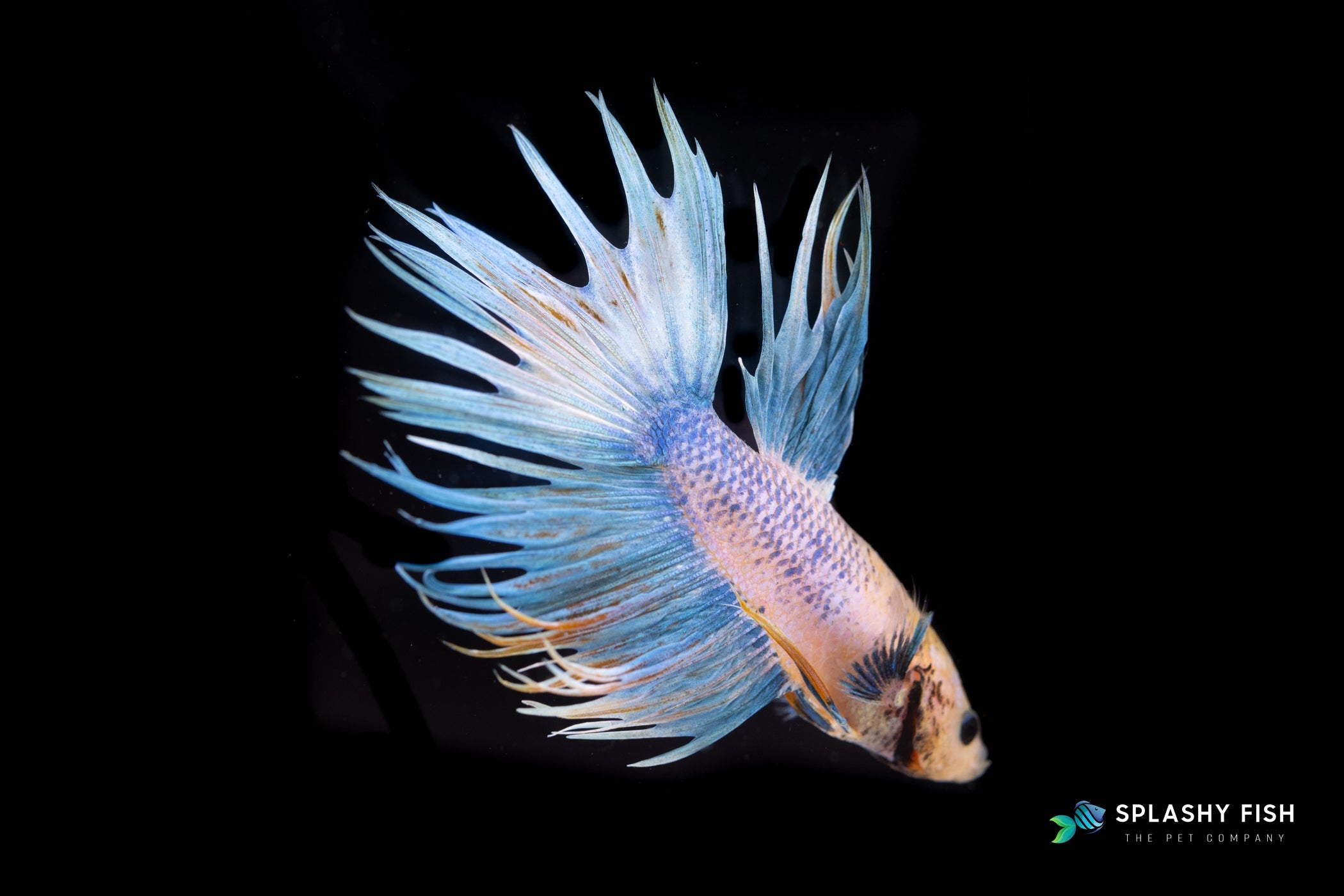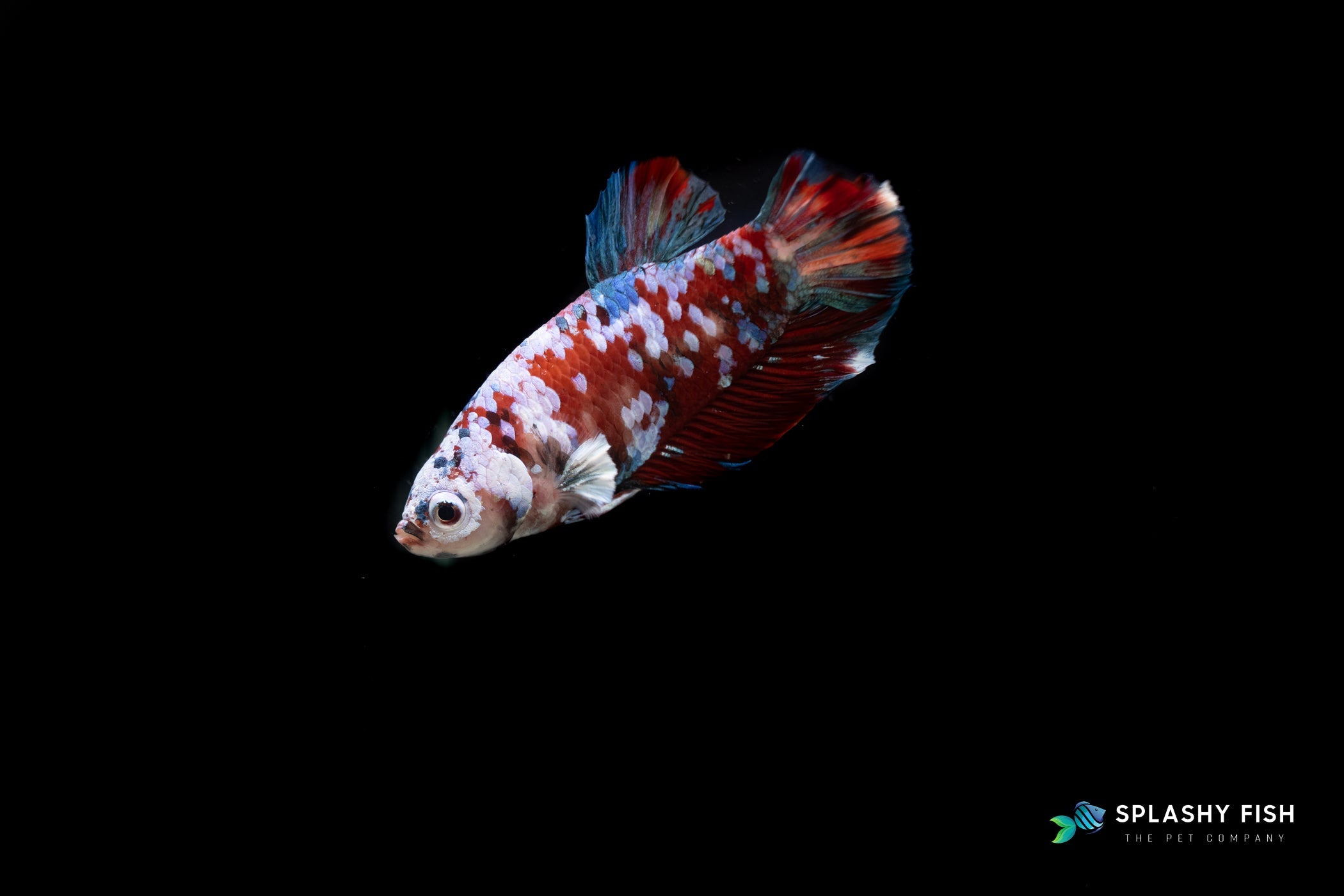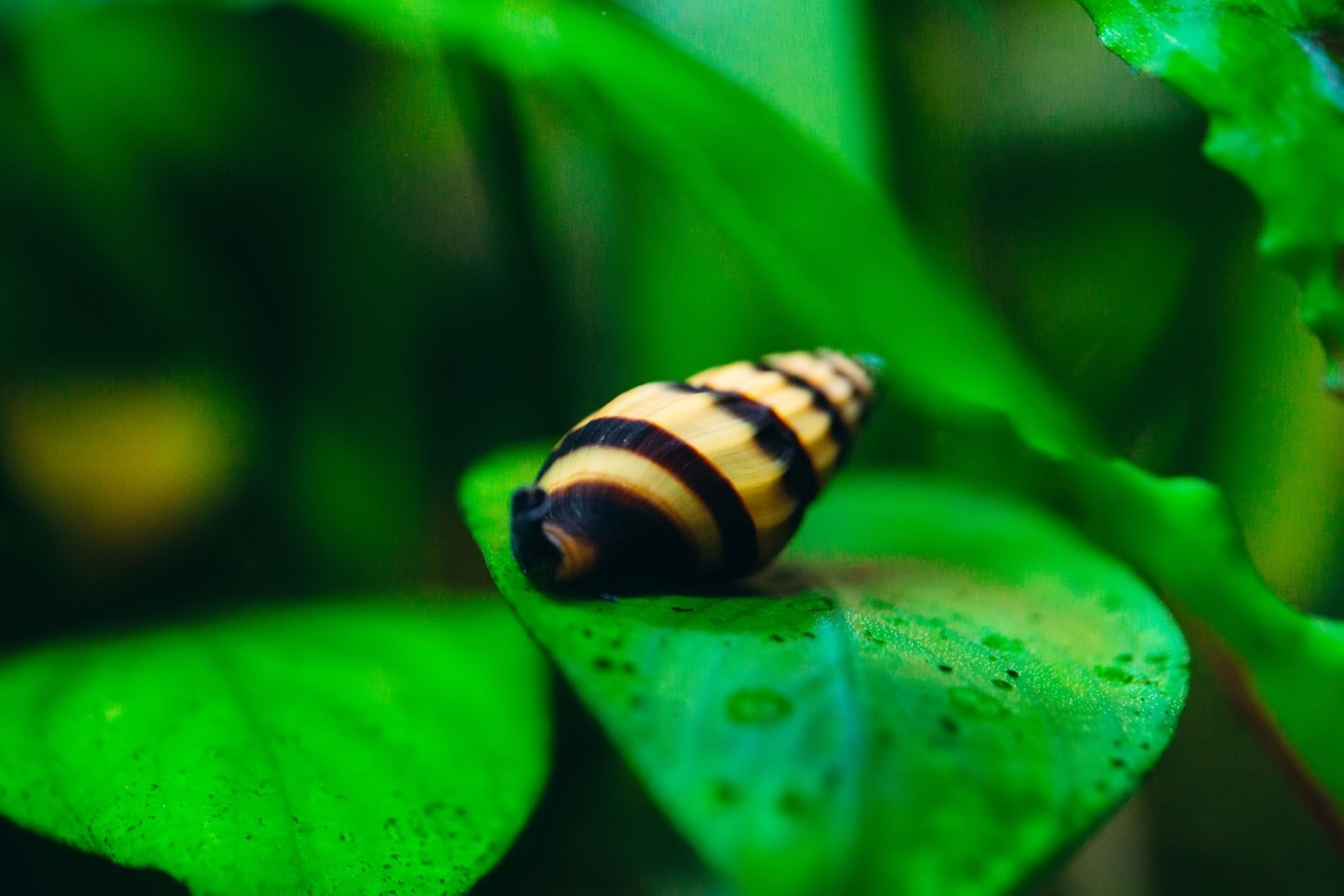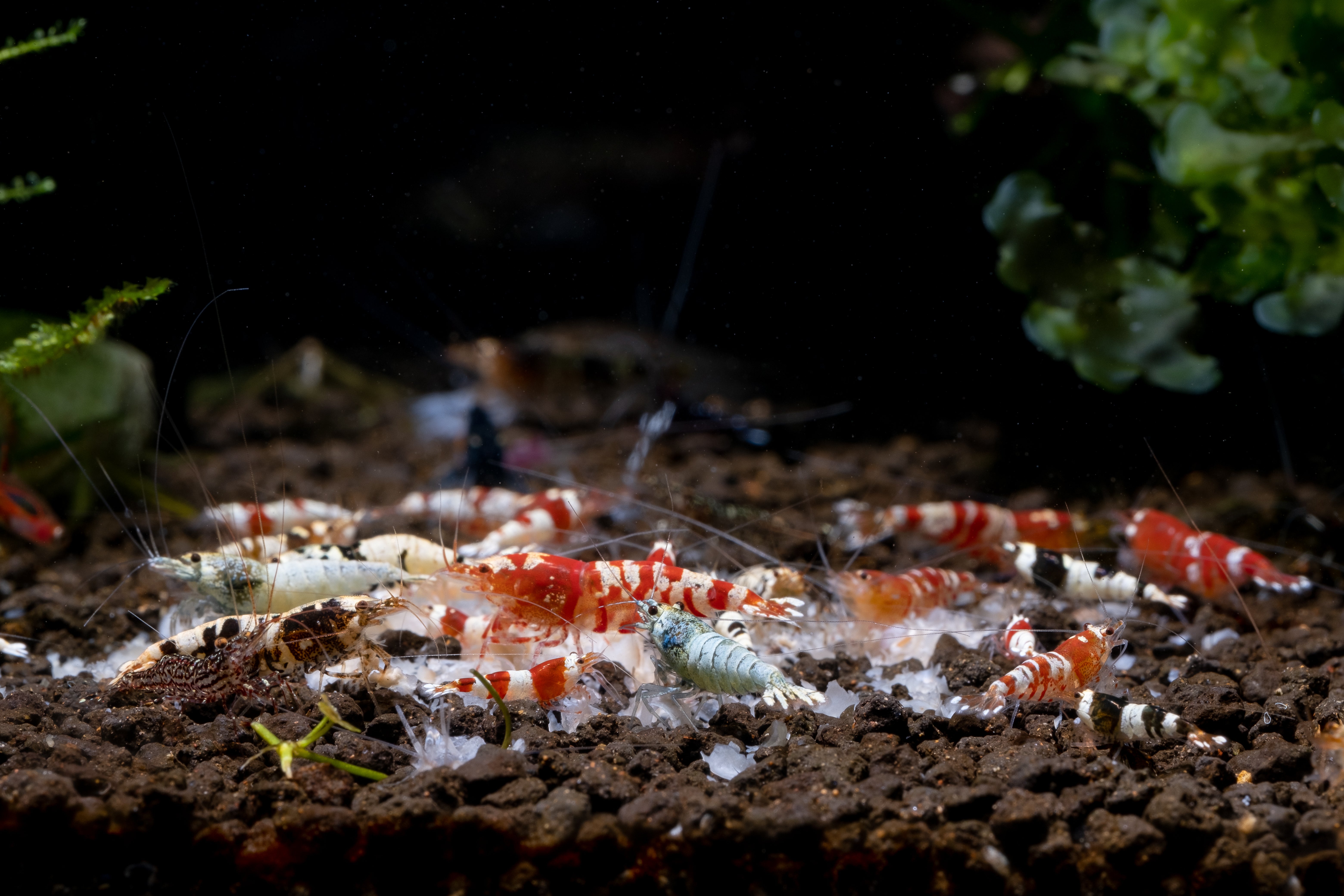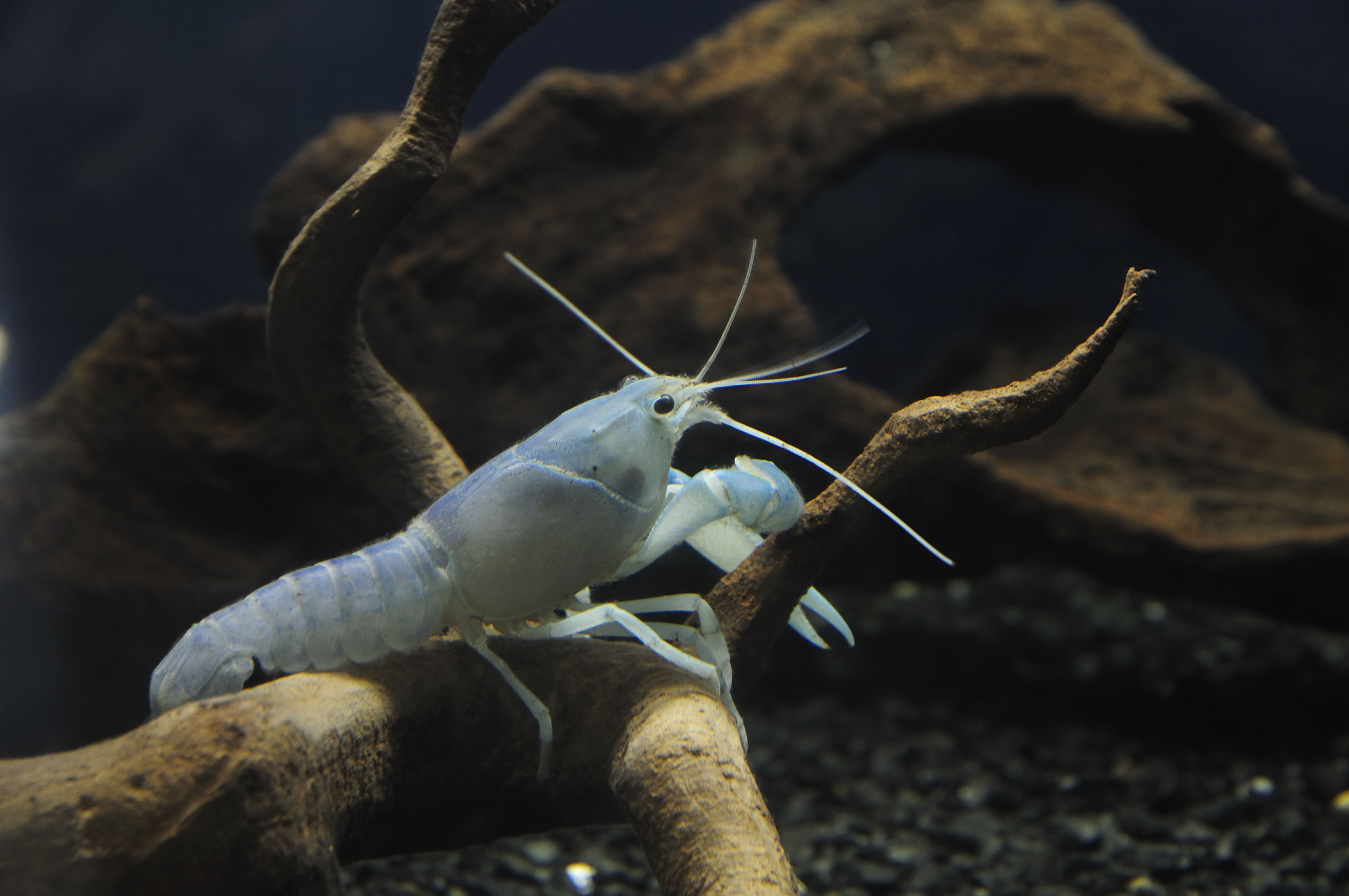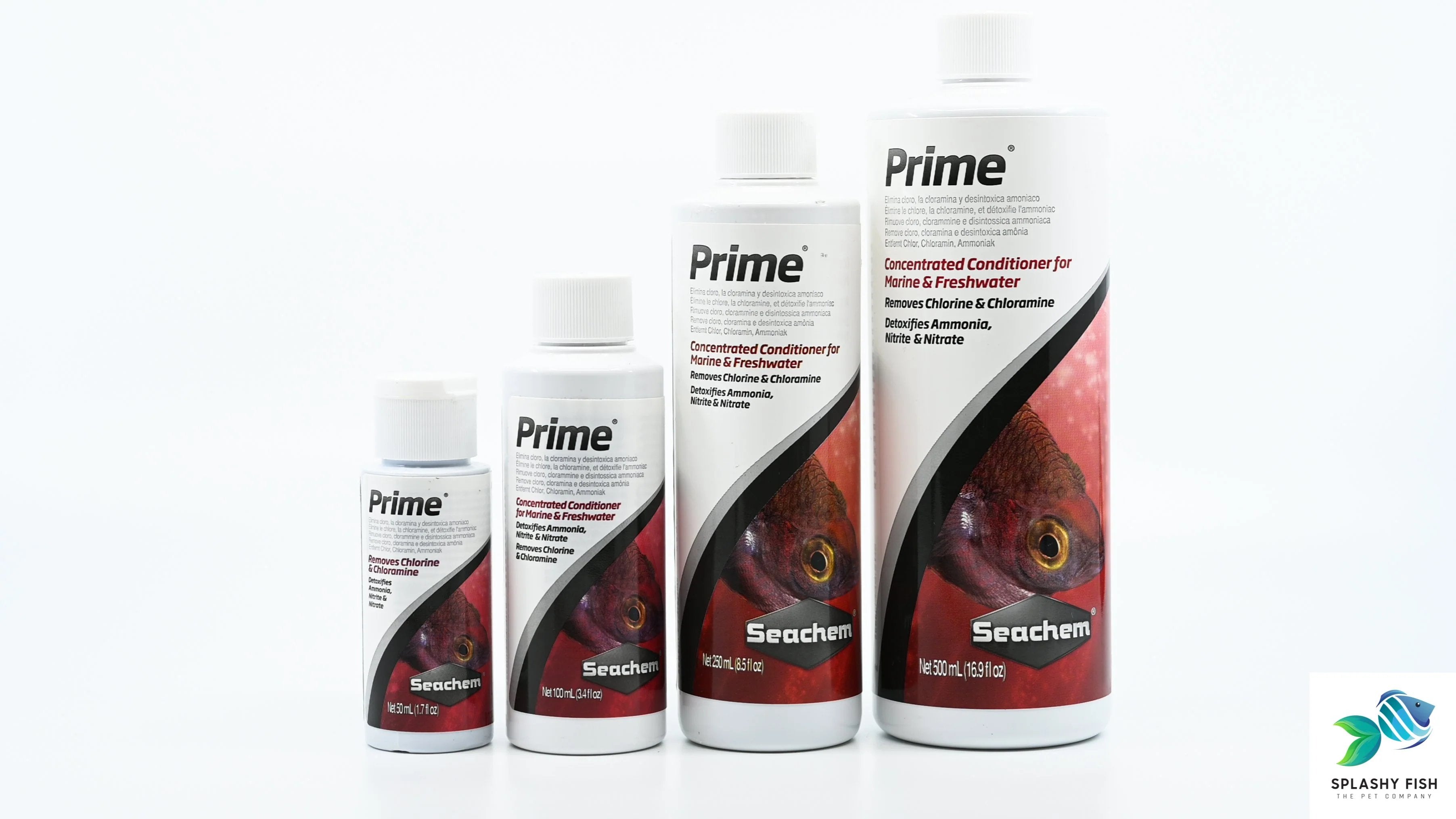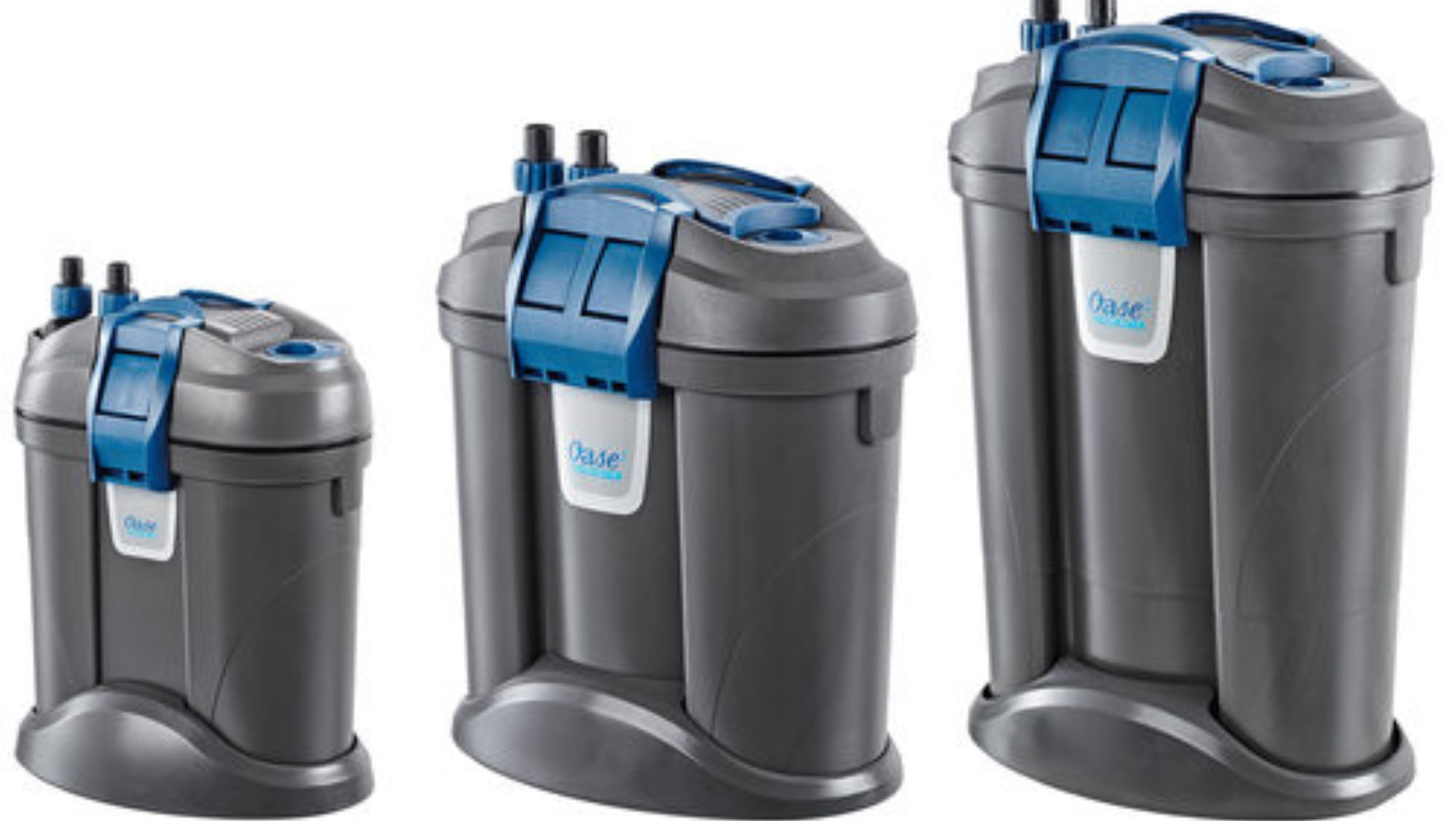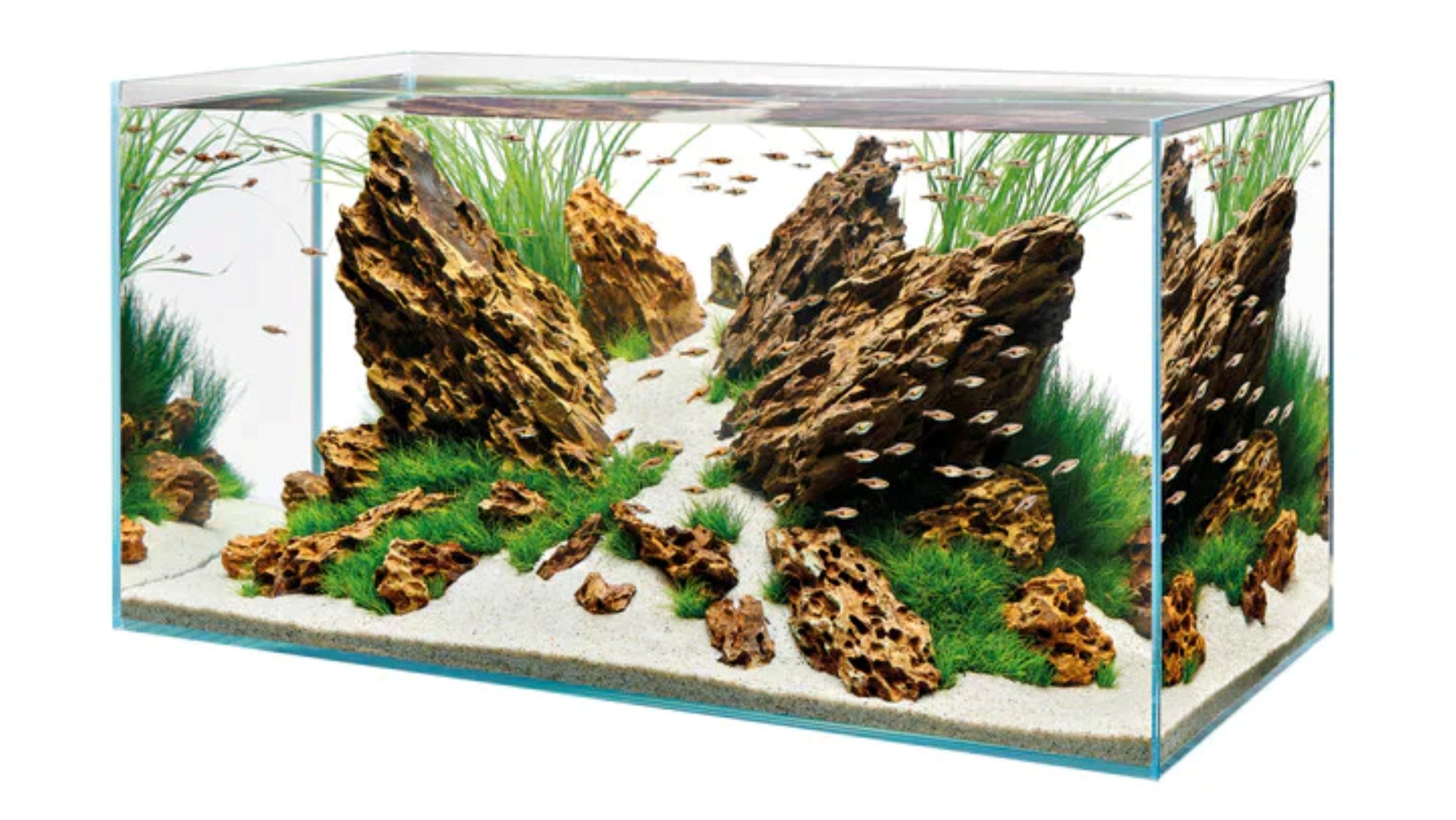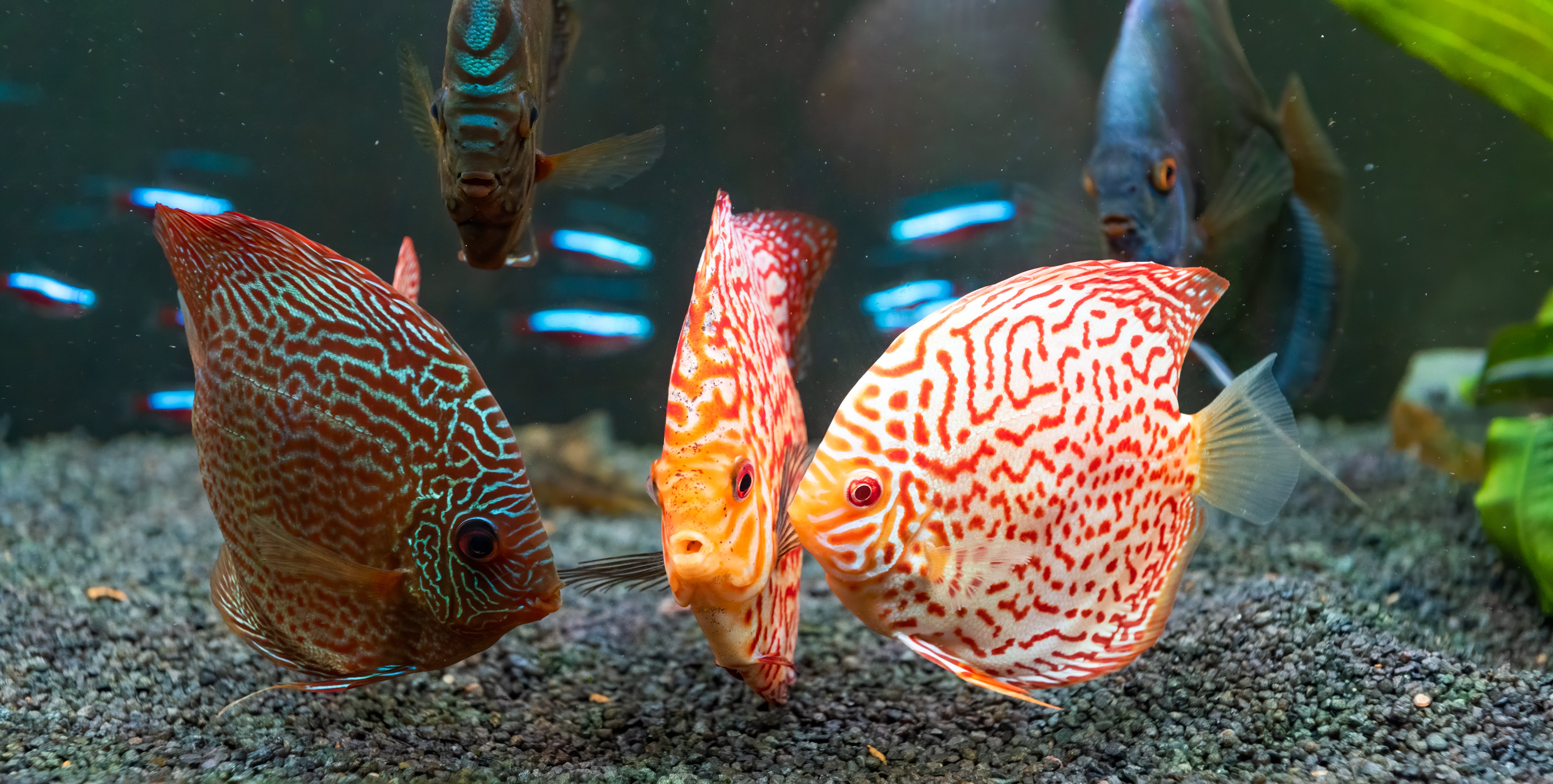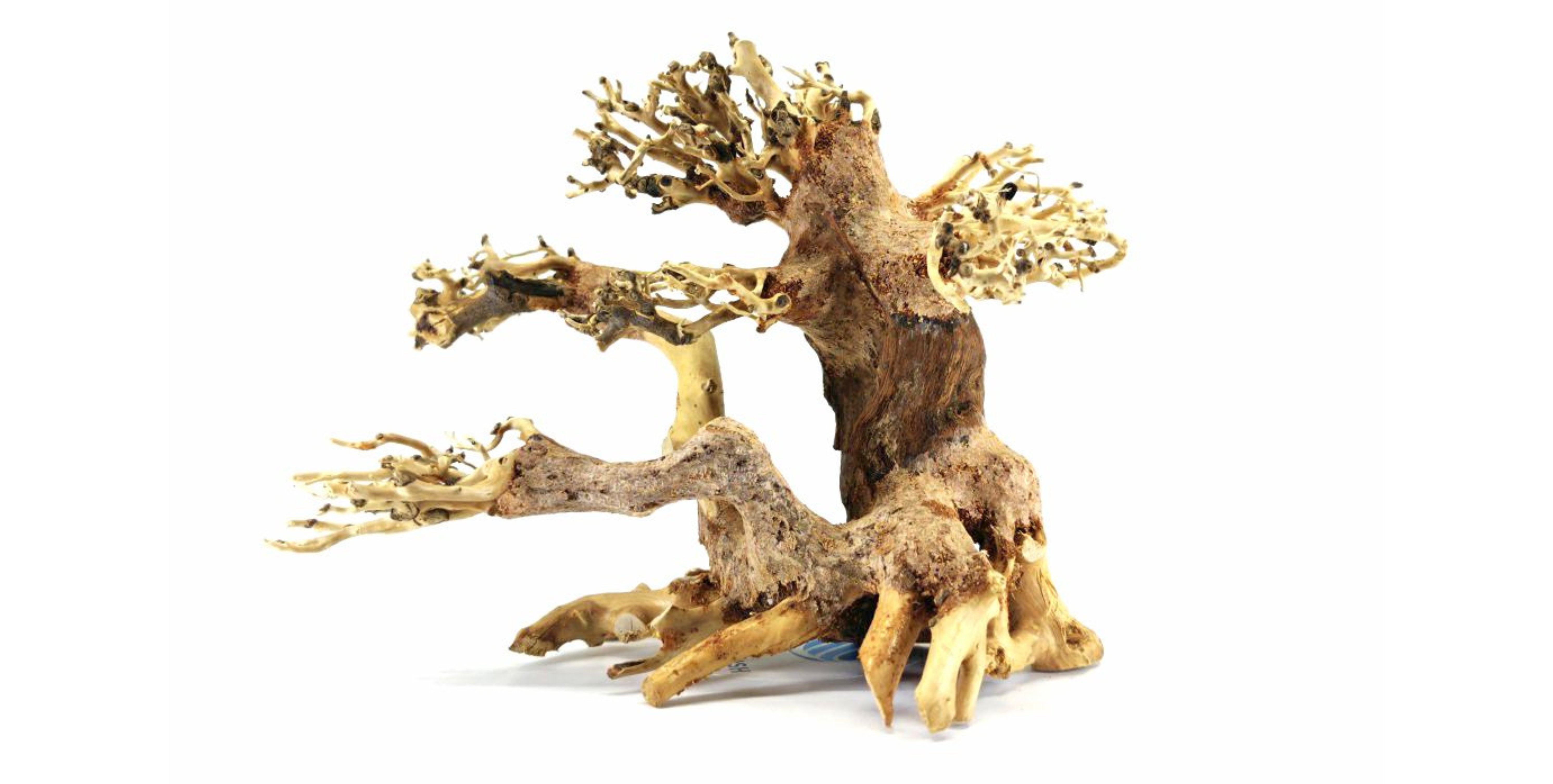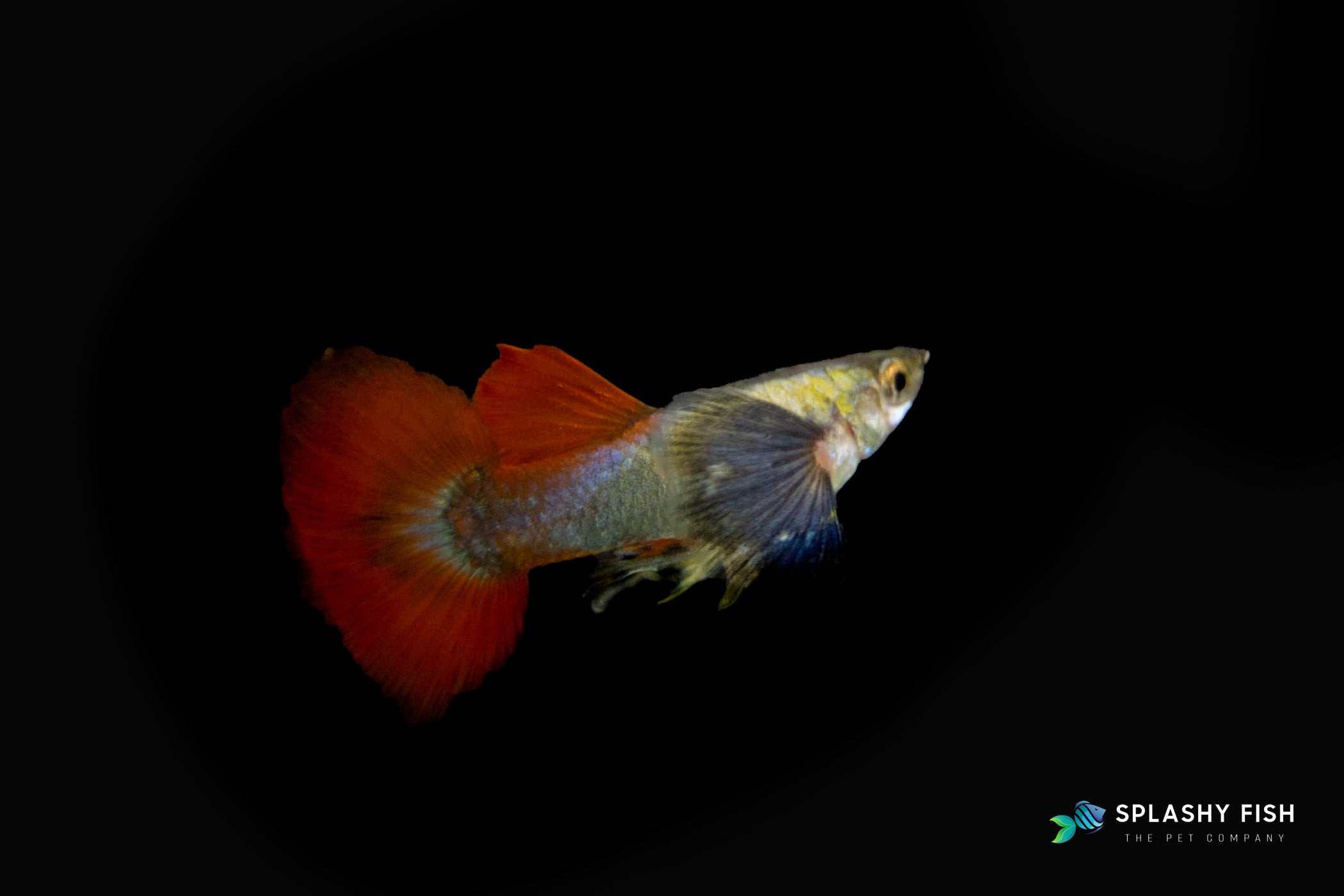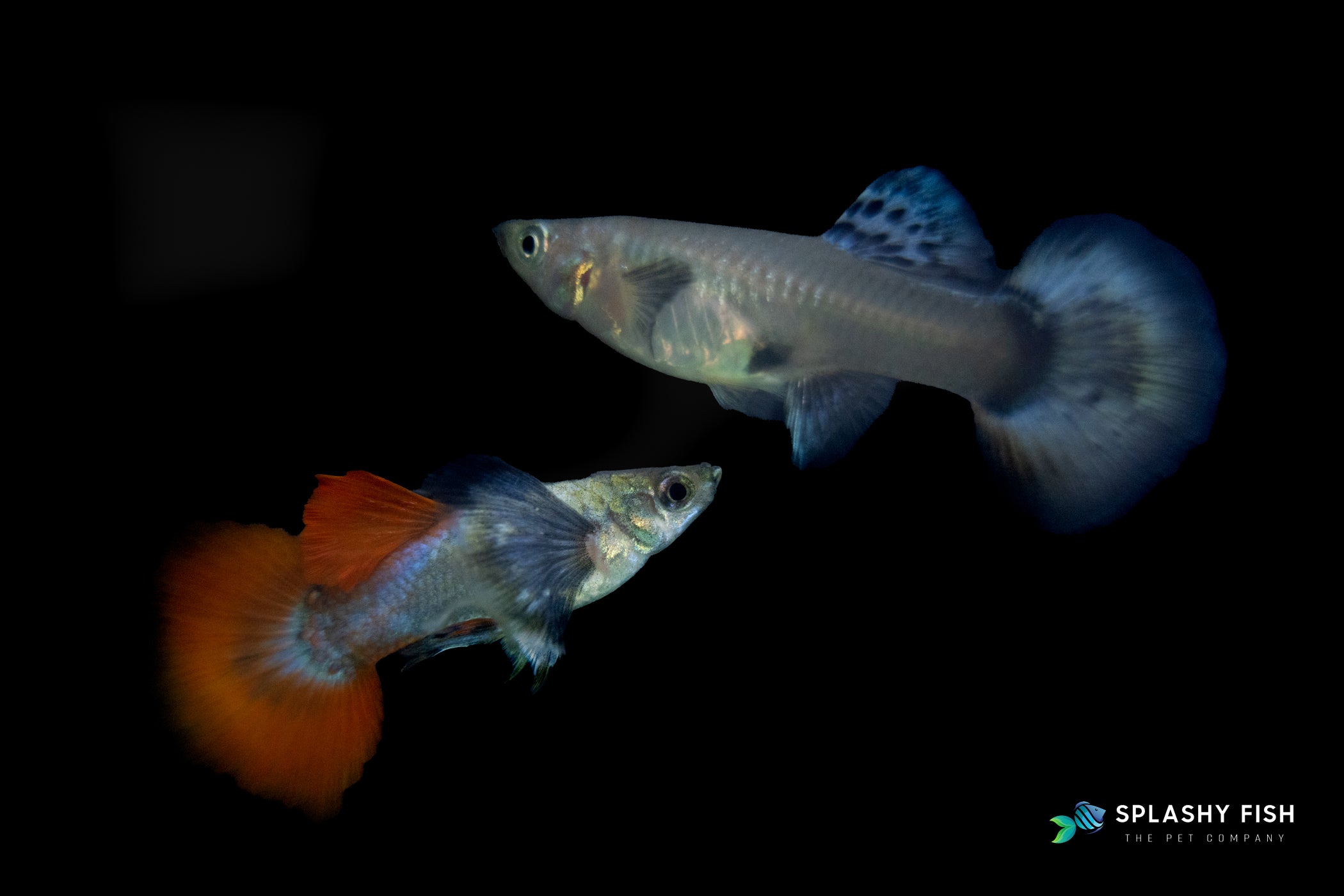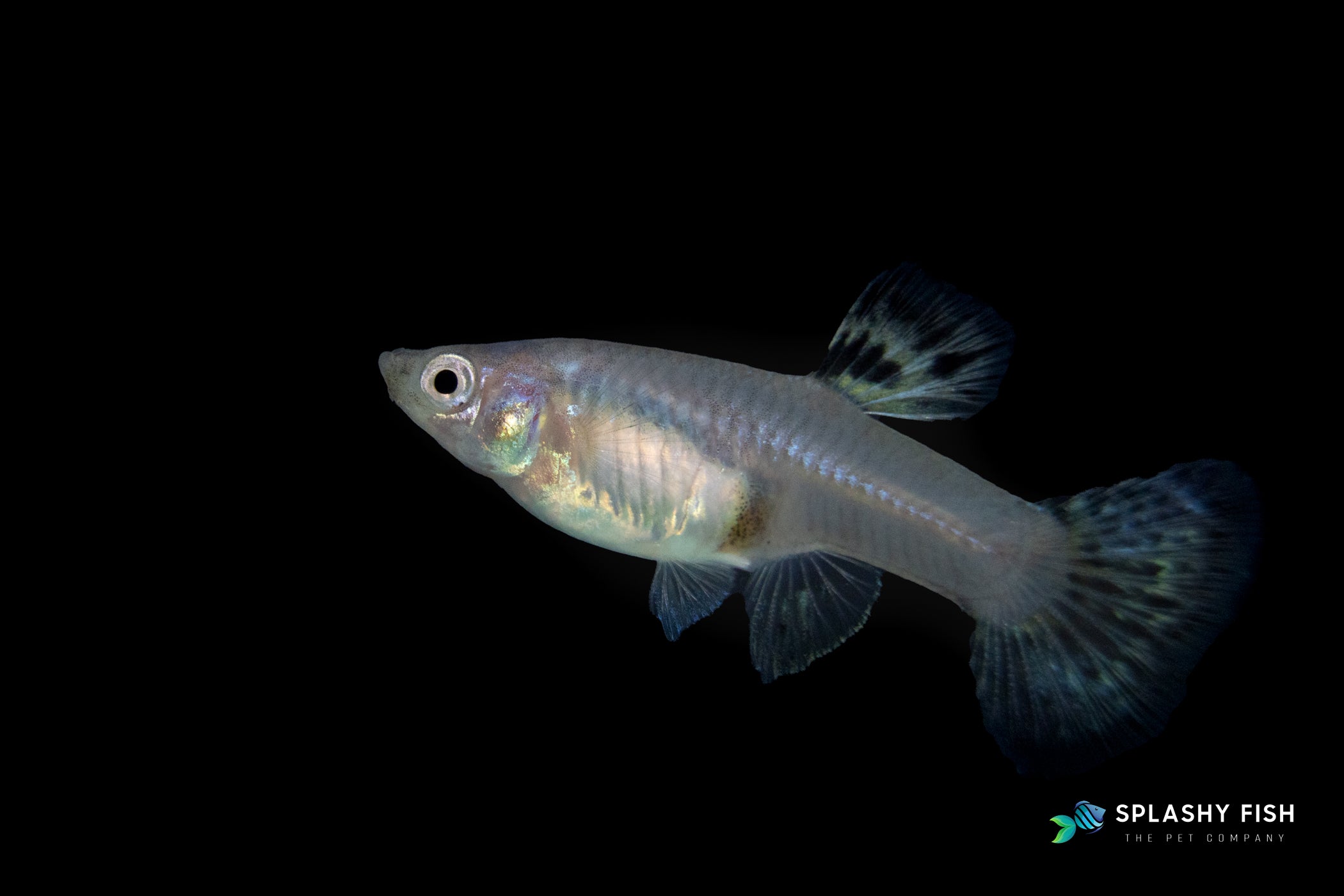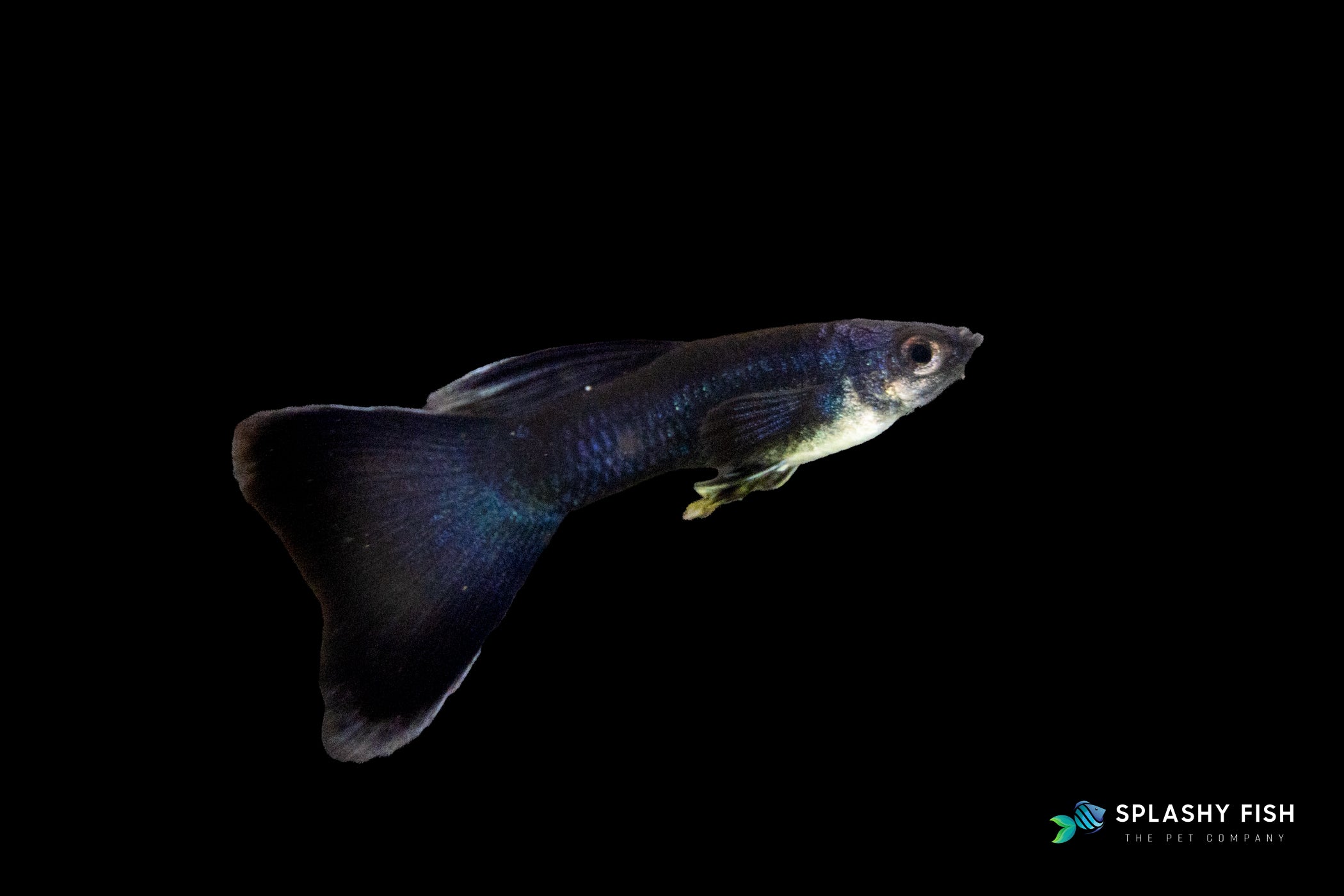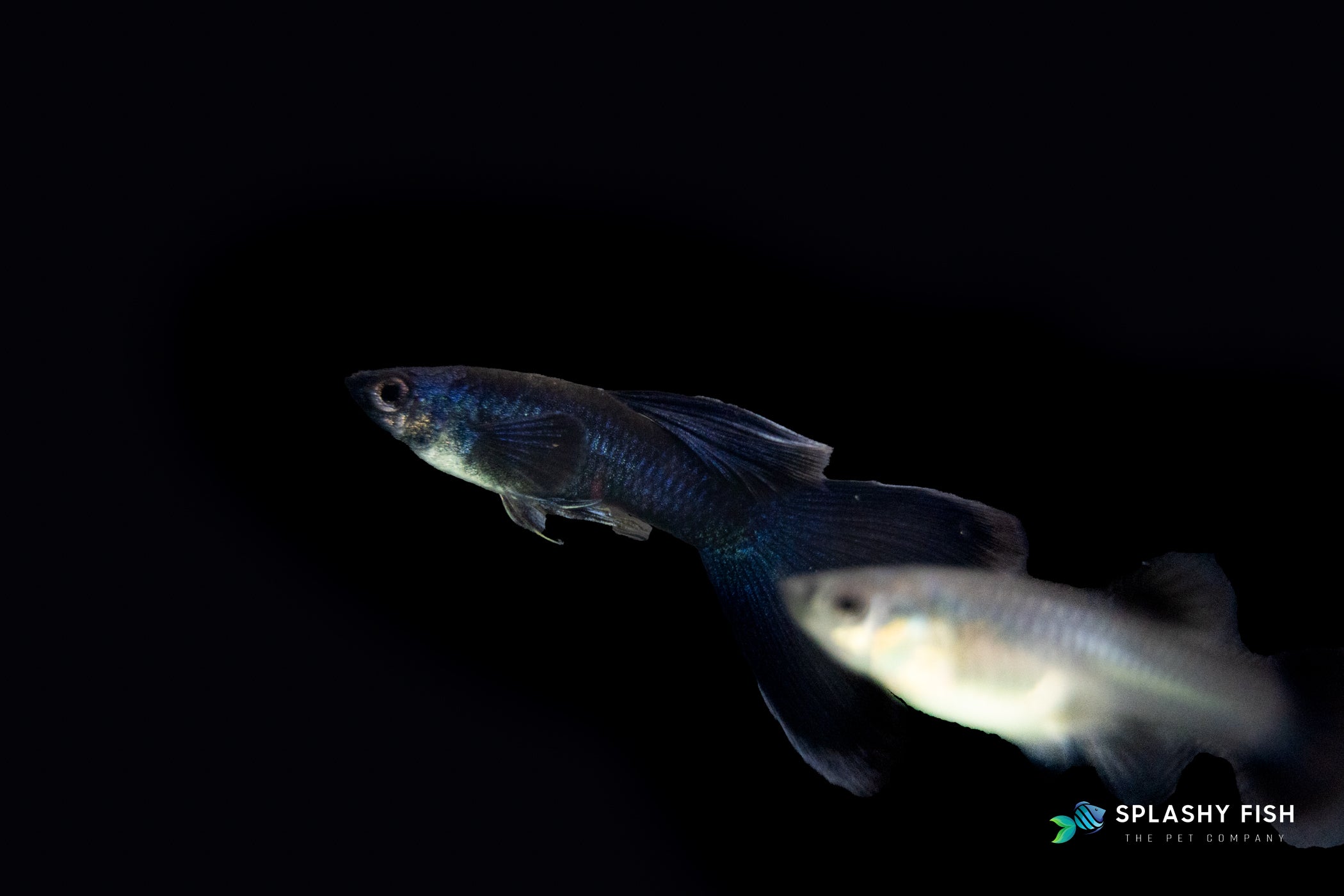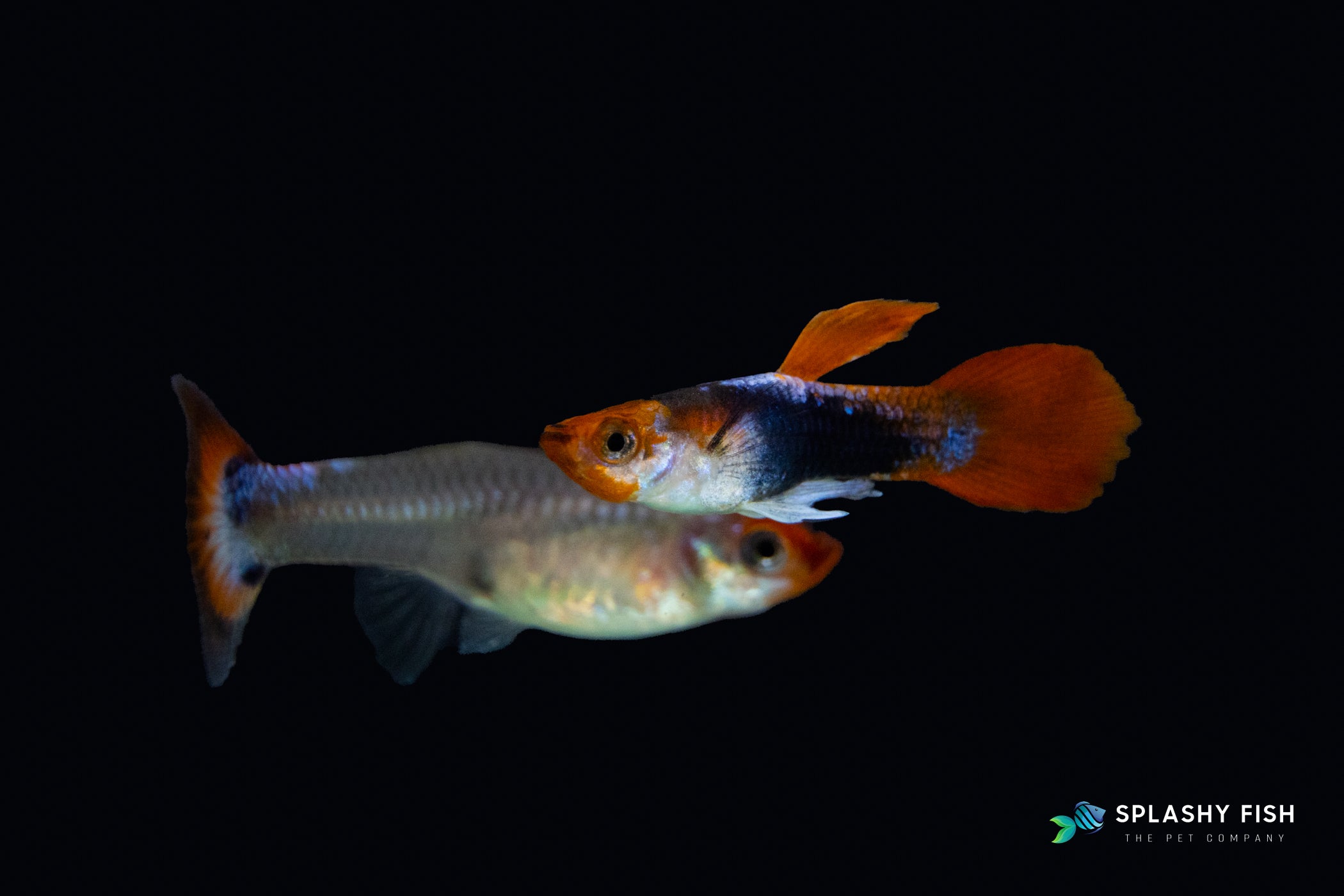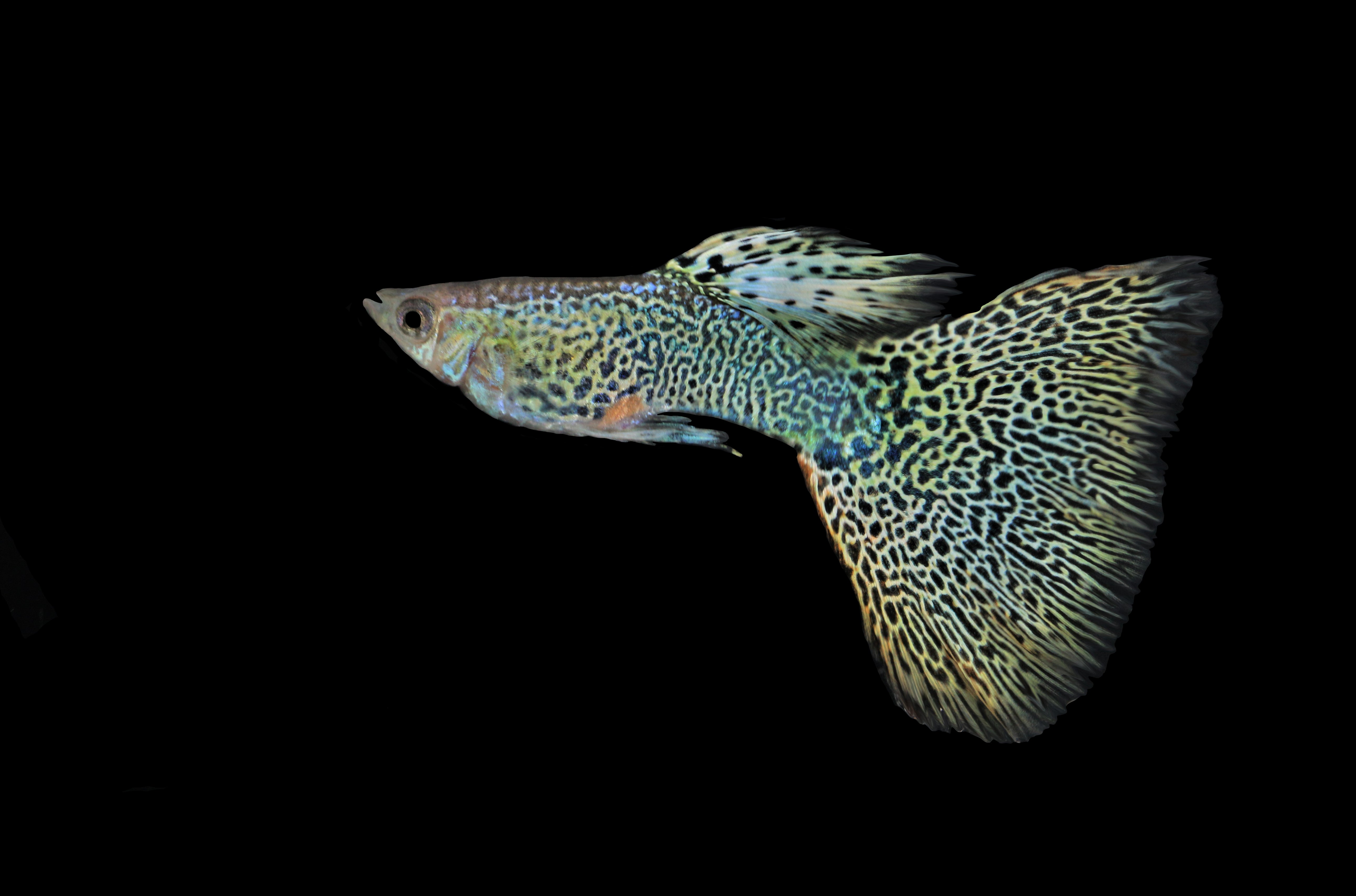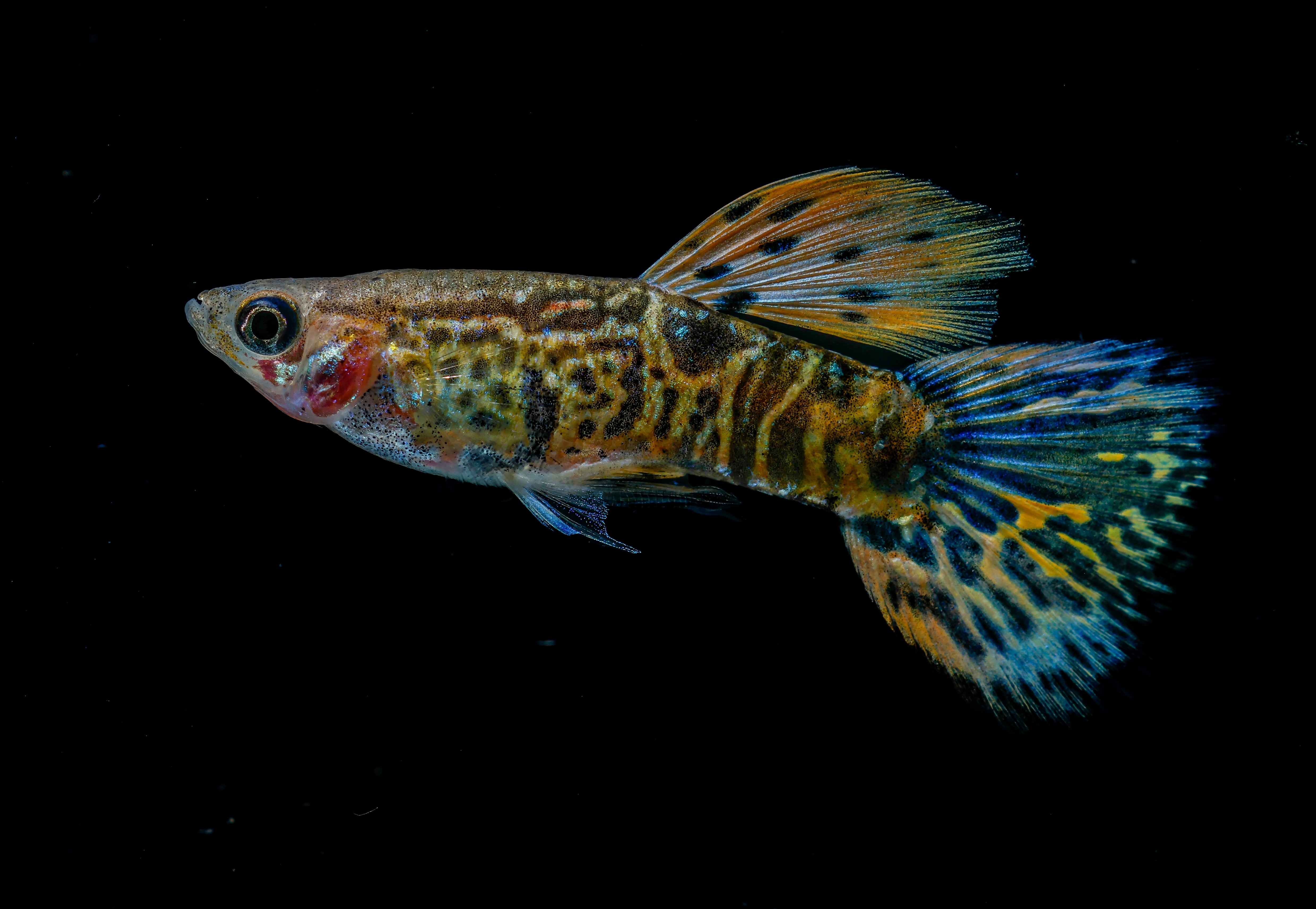
Livebearer Fish

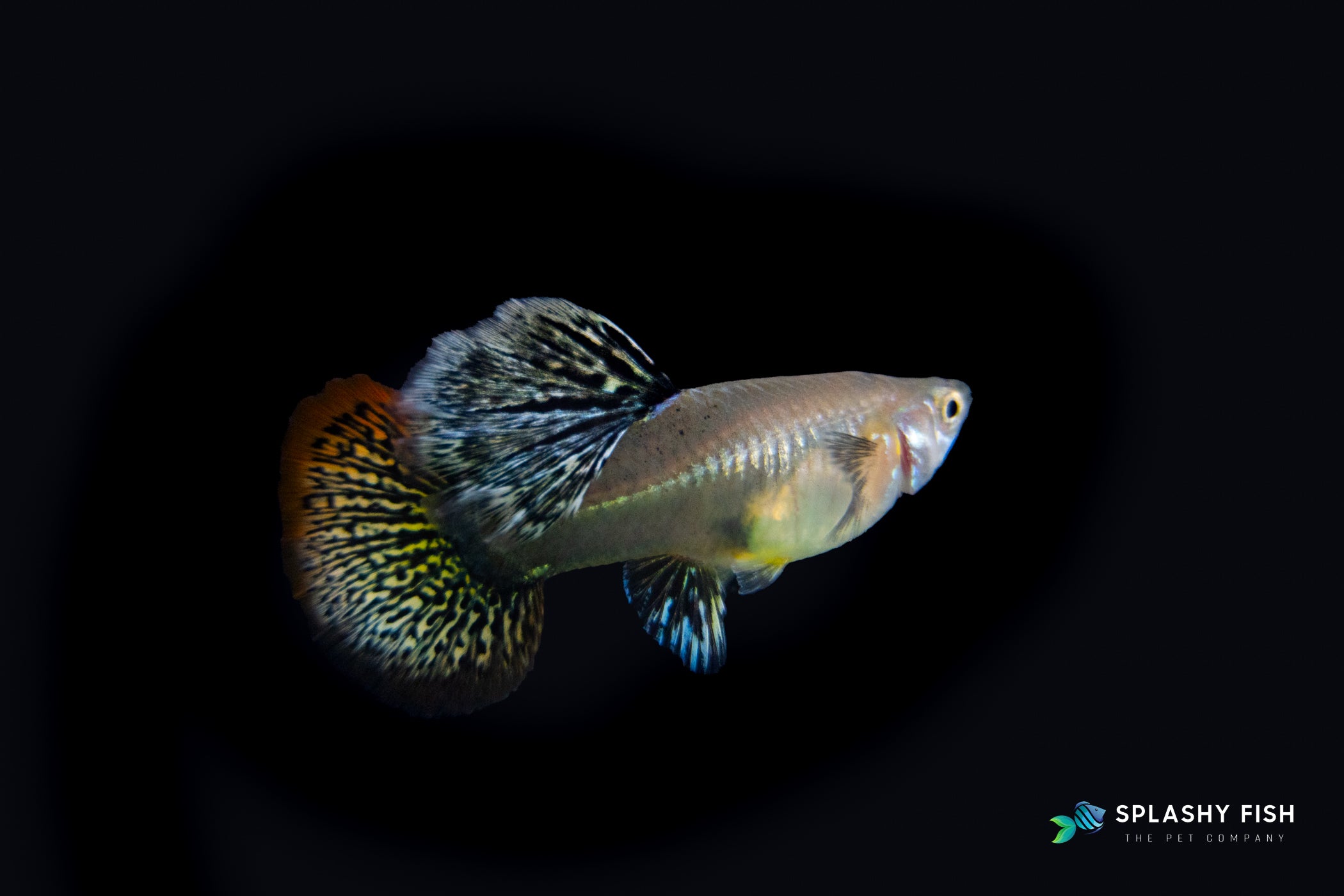


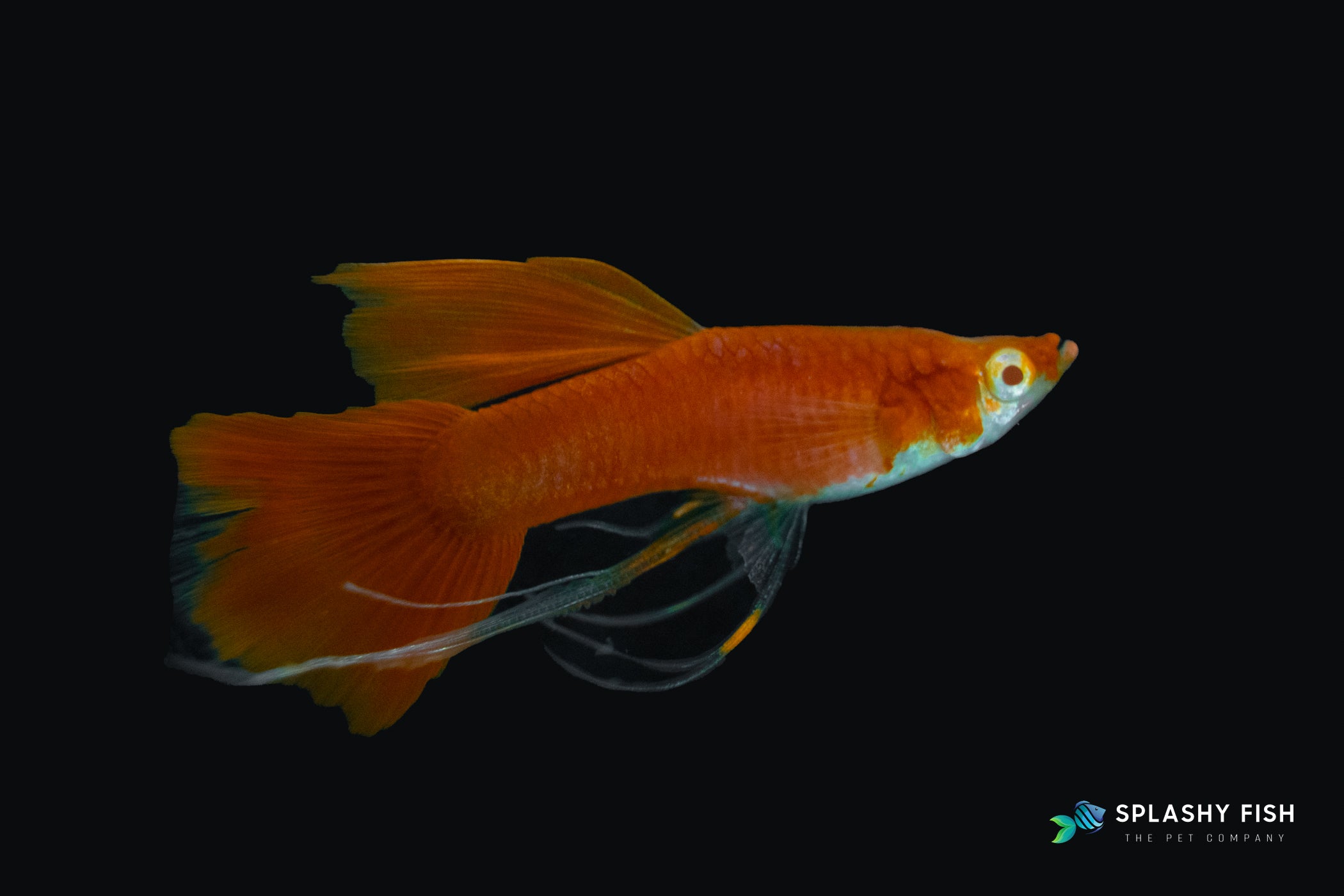
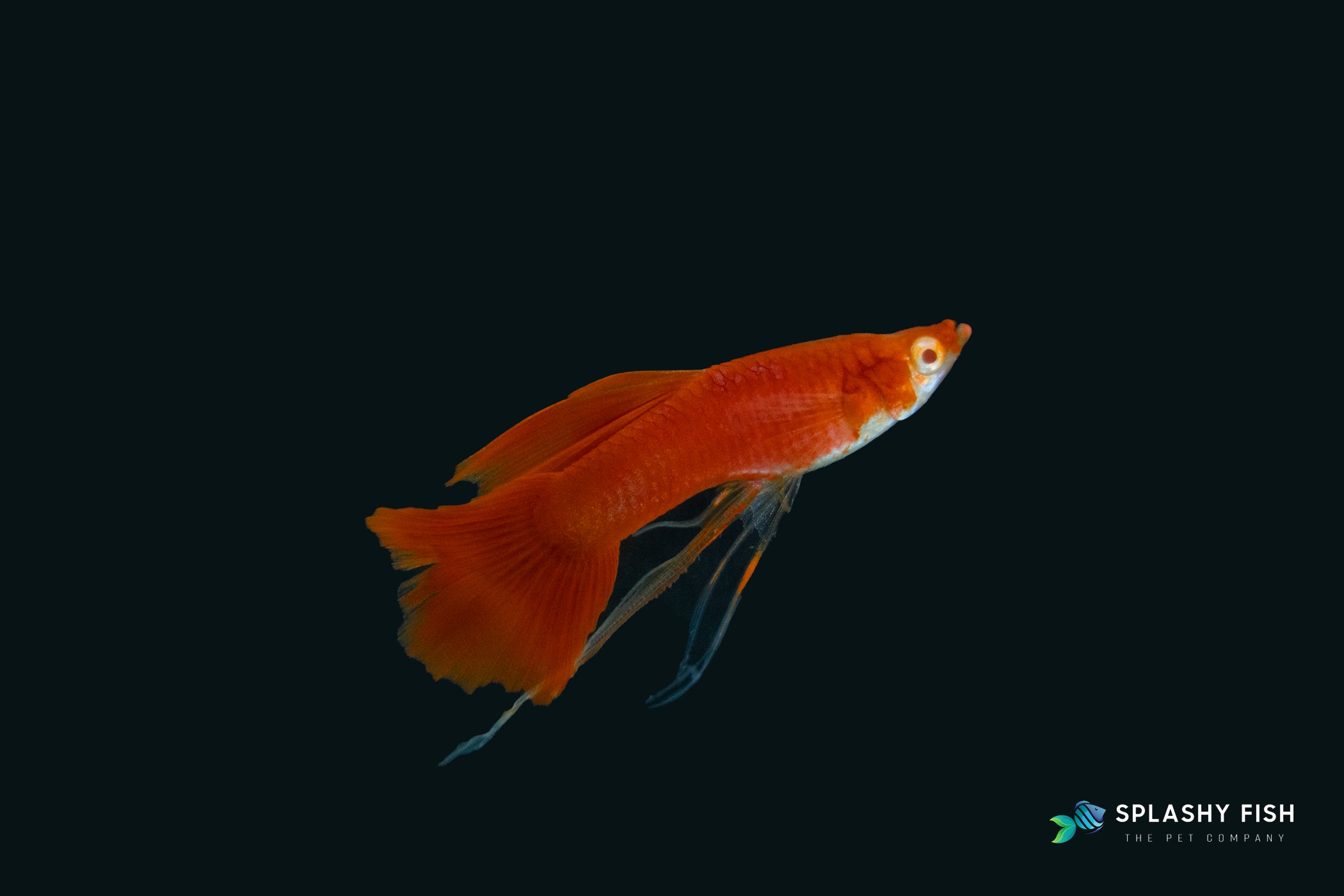
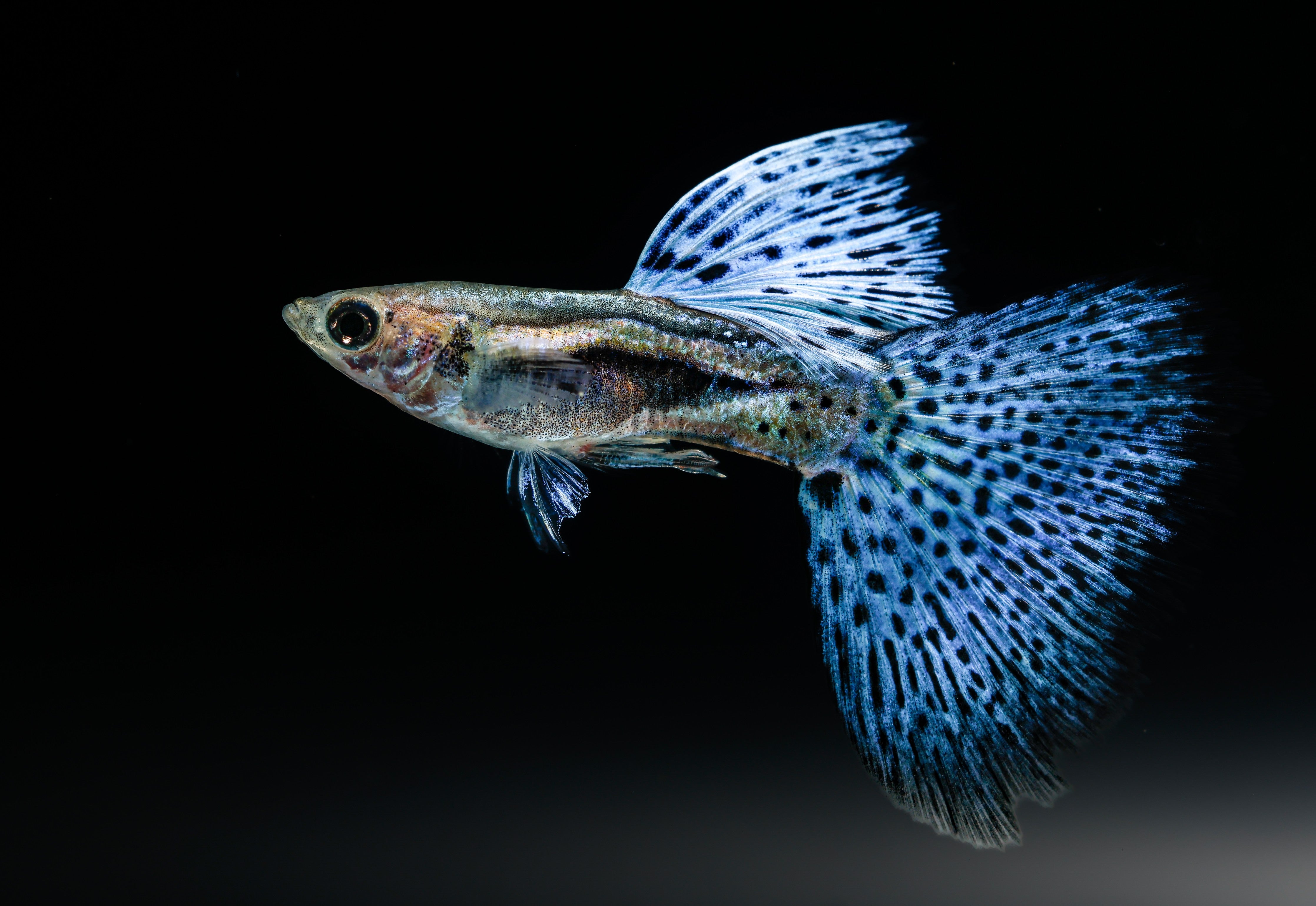
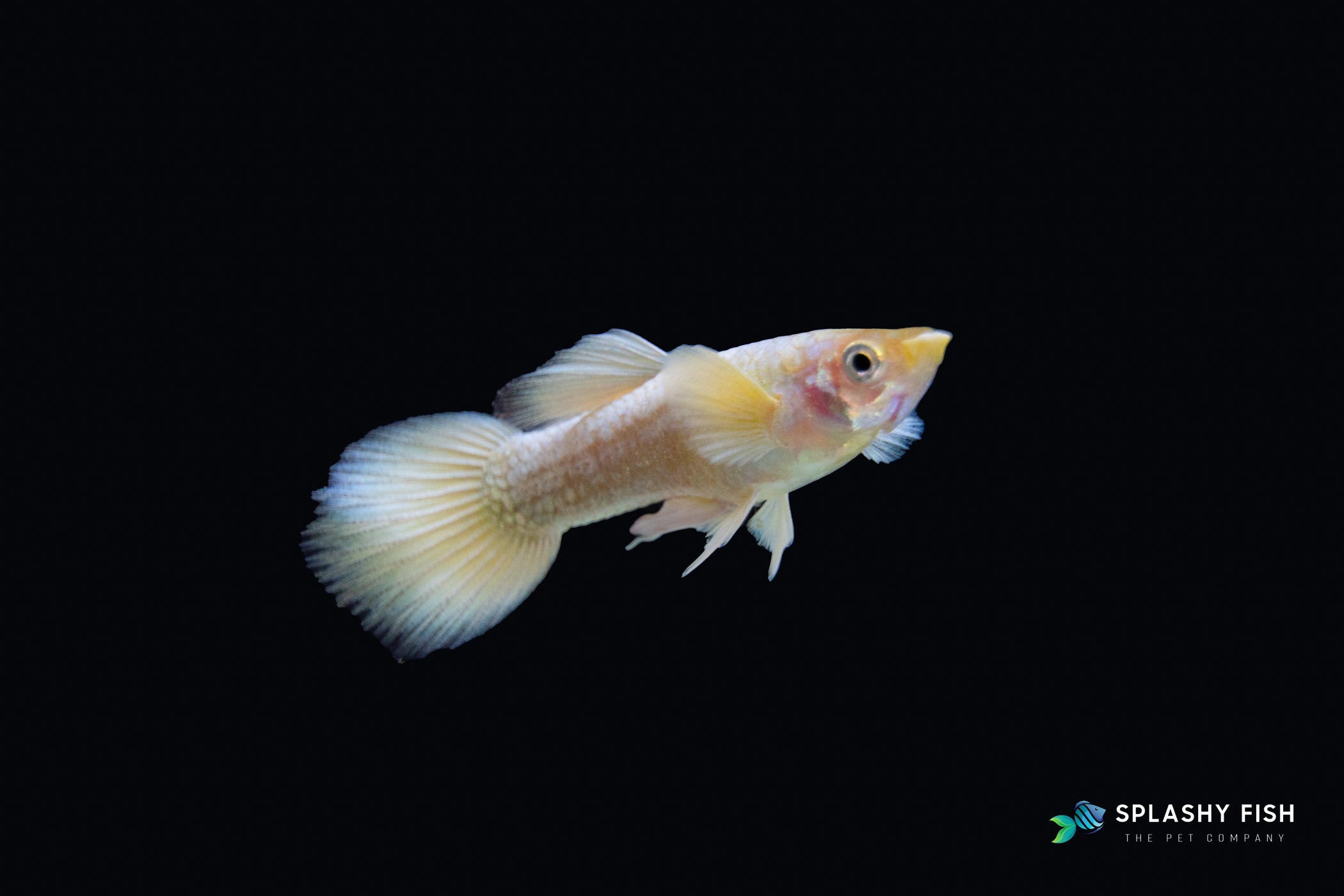
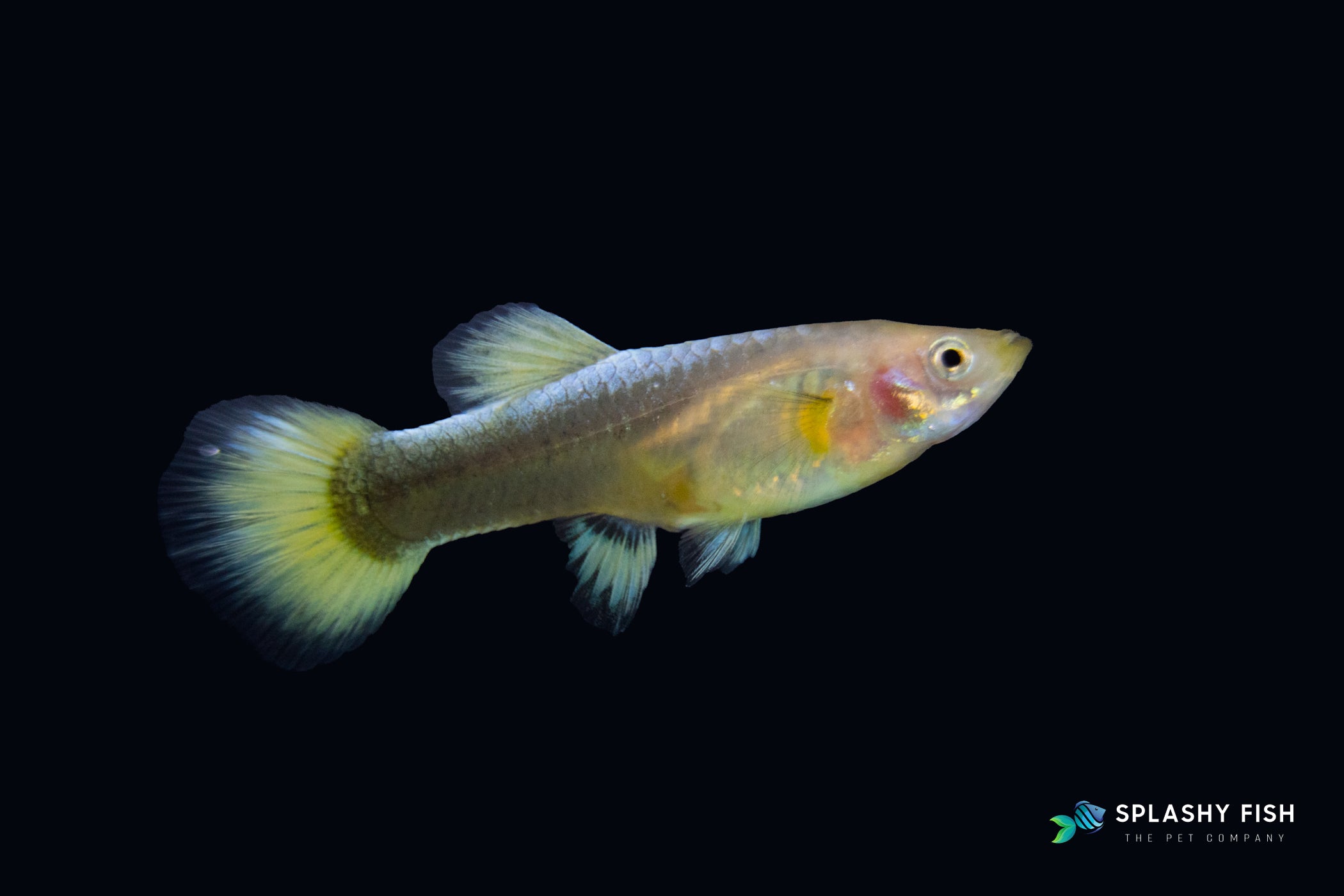
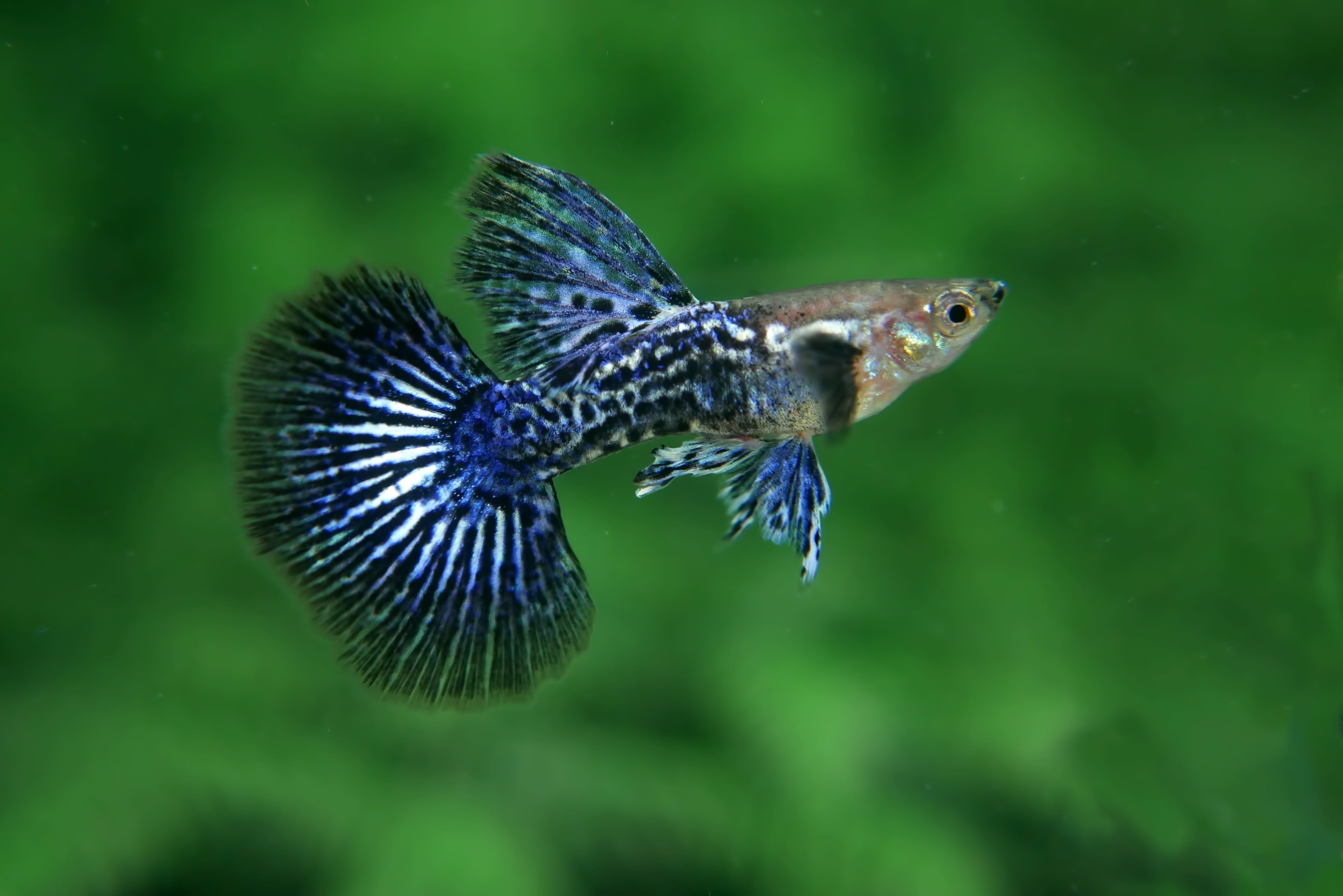
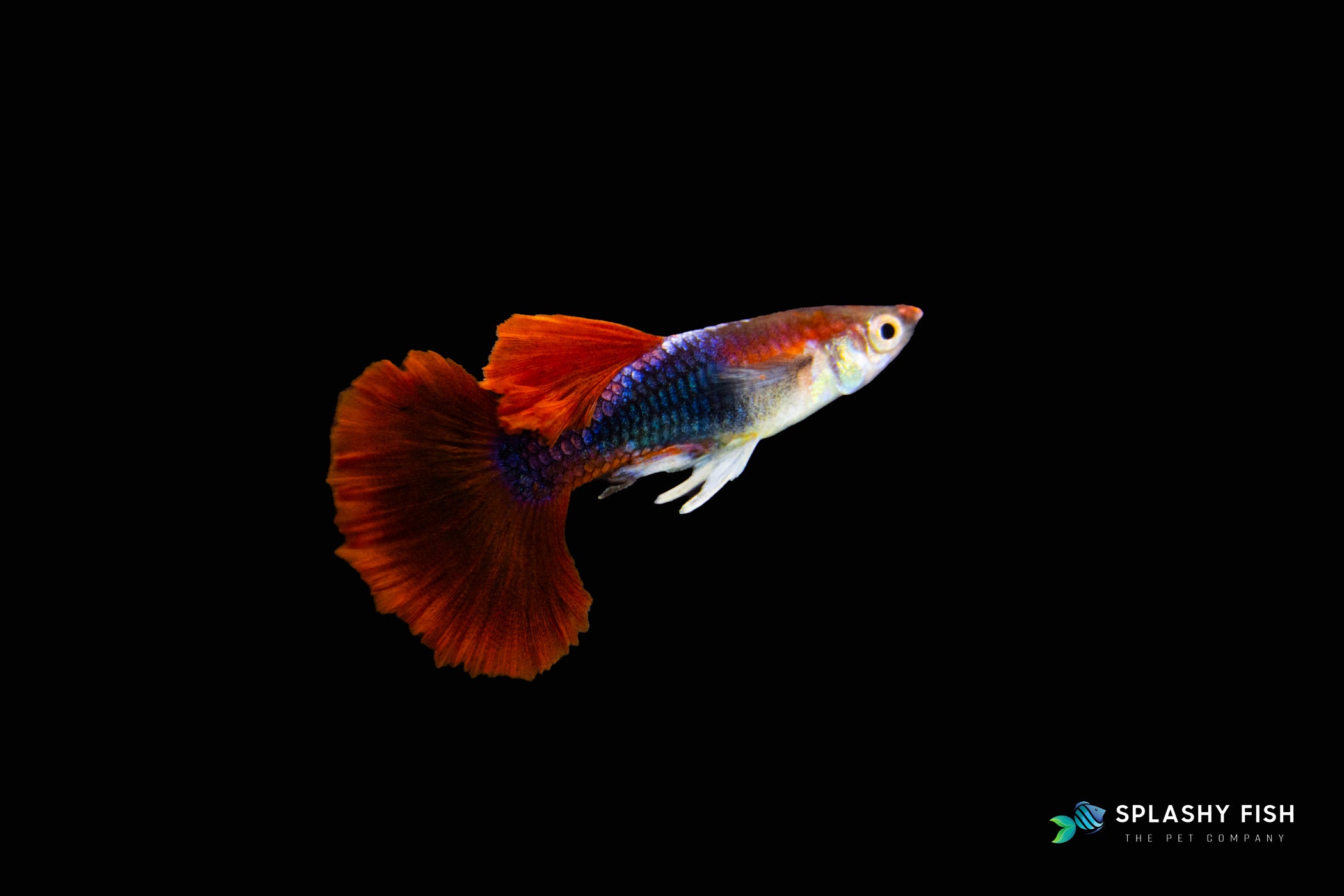

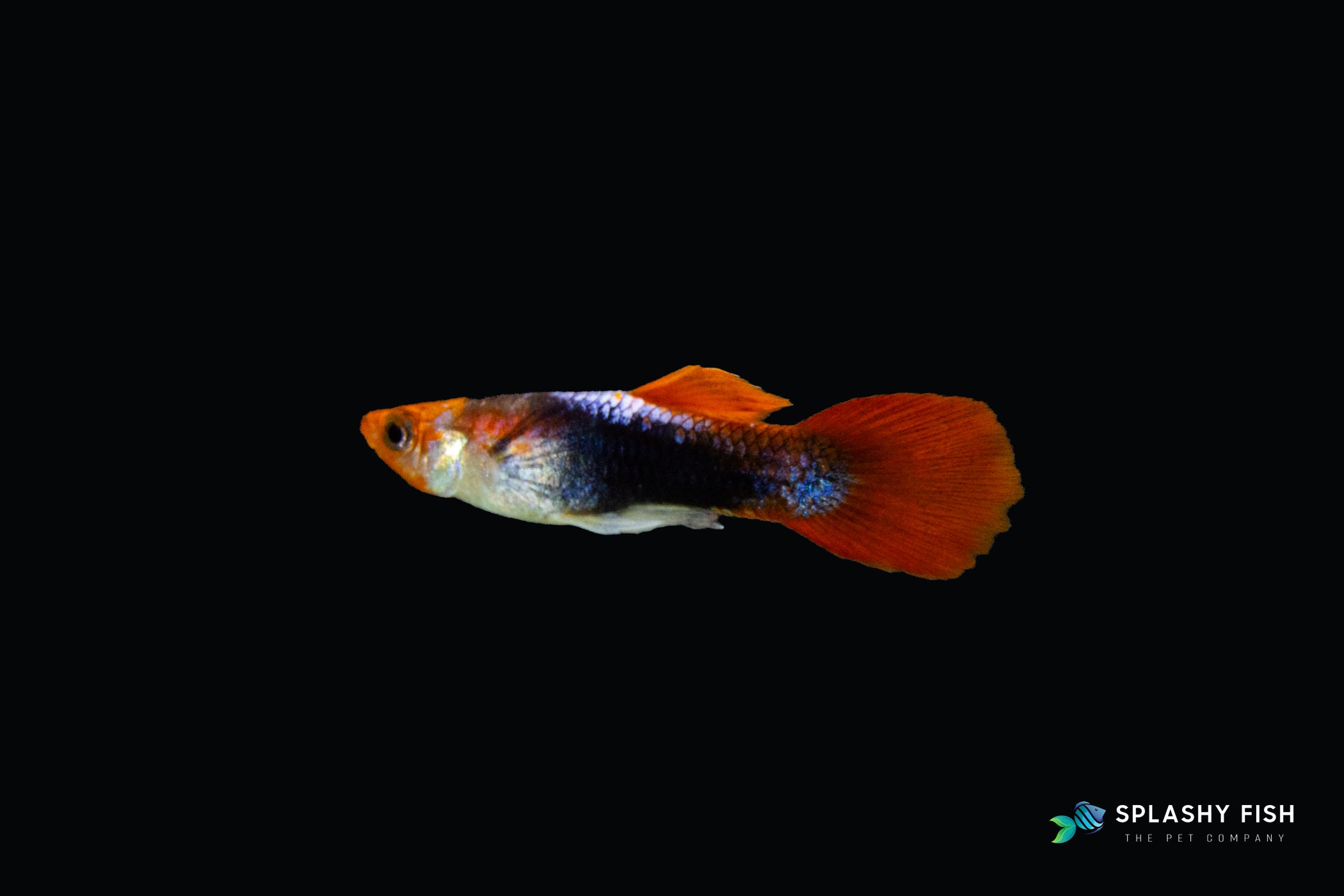
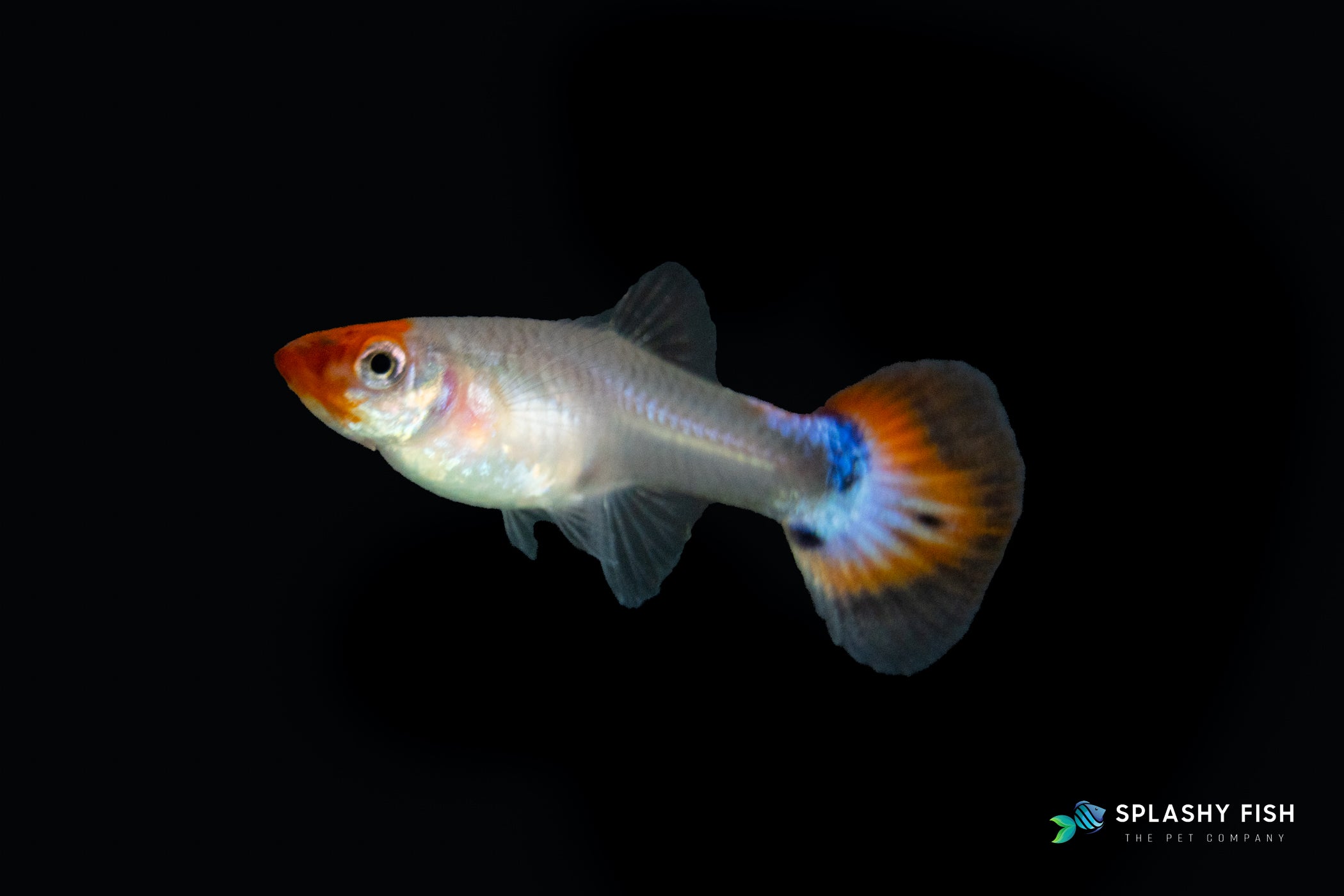

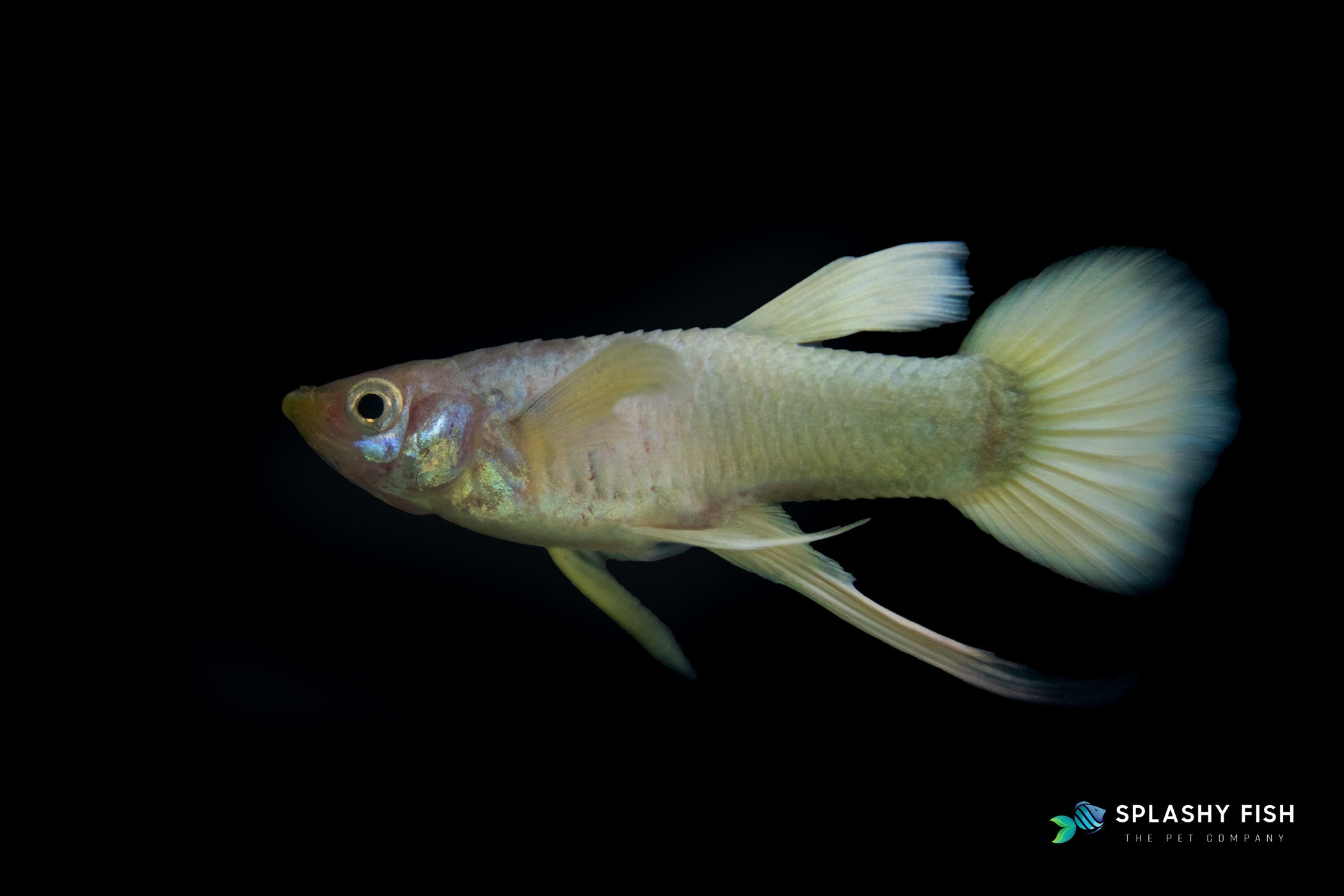

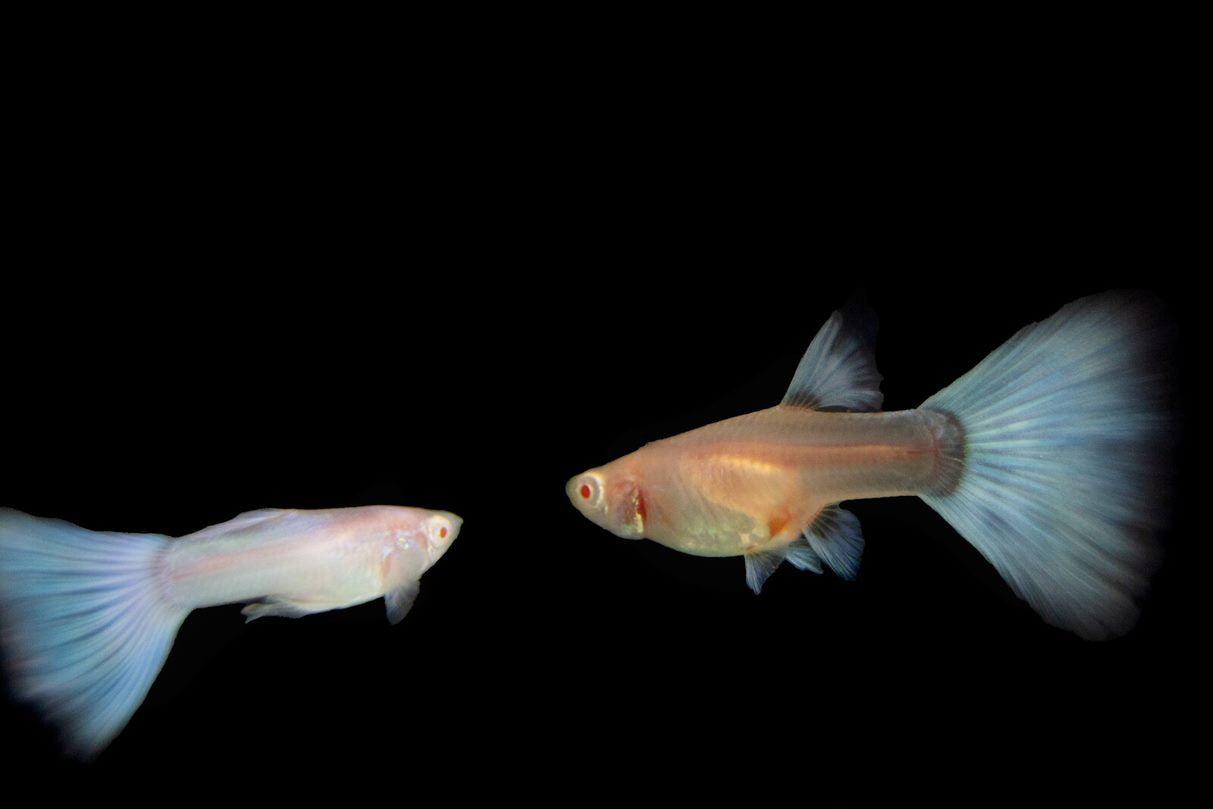
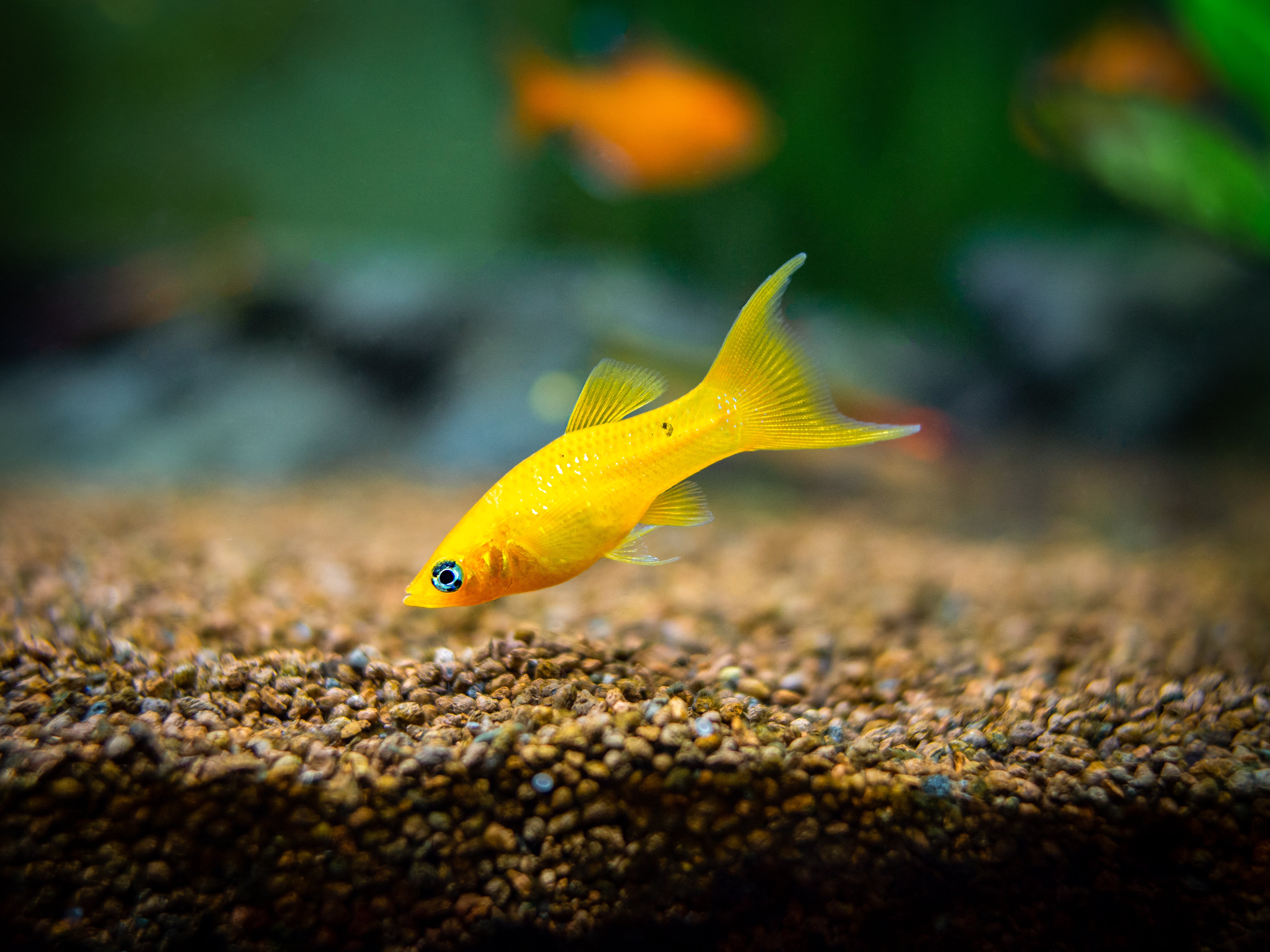


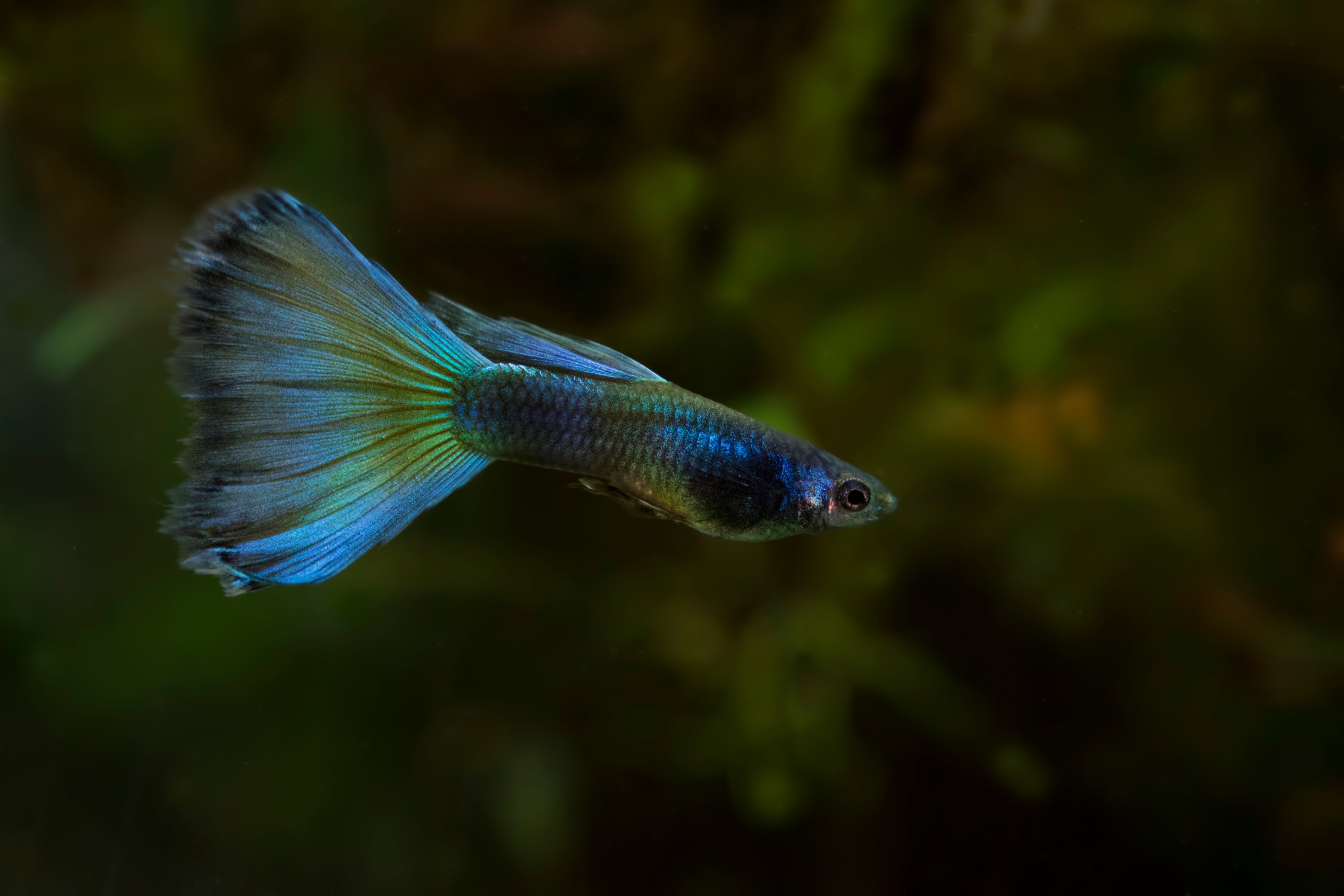
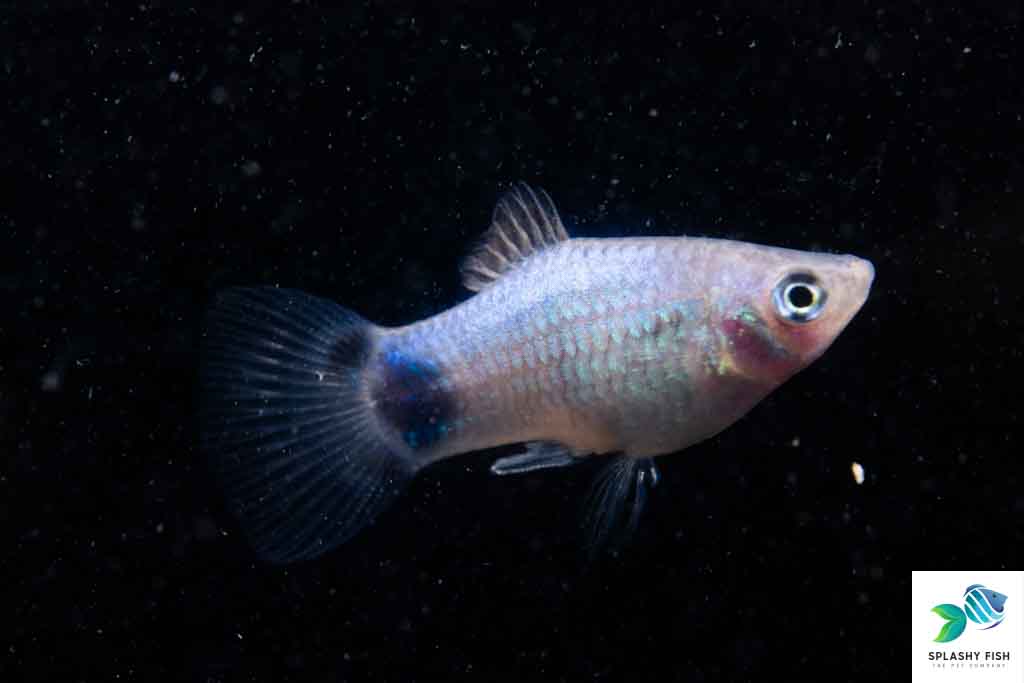

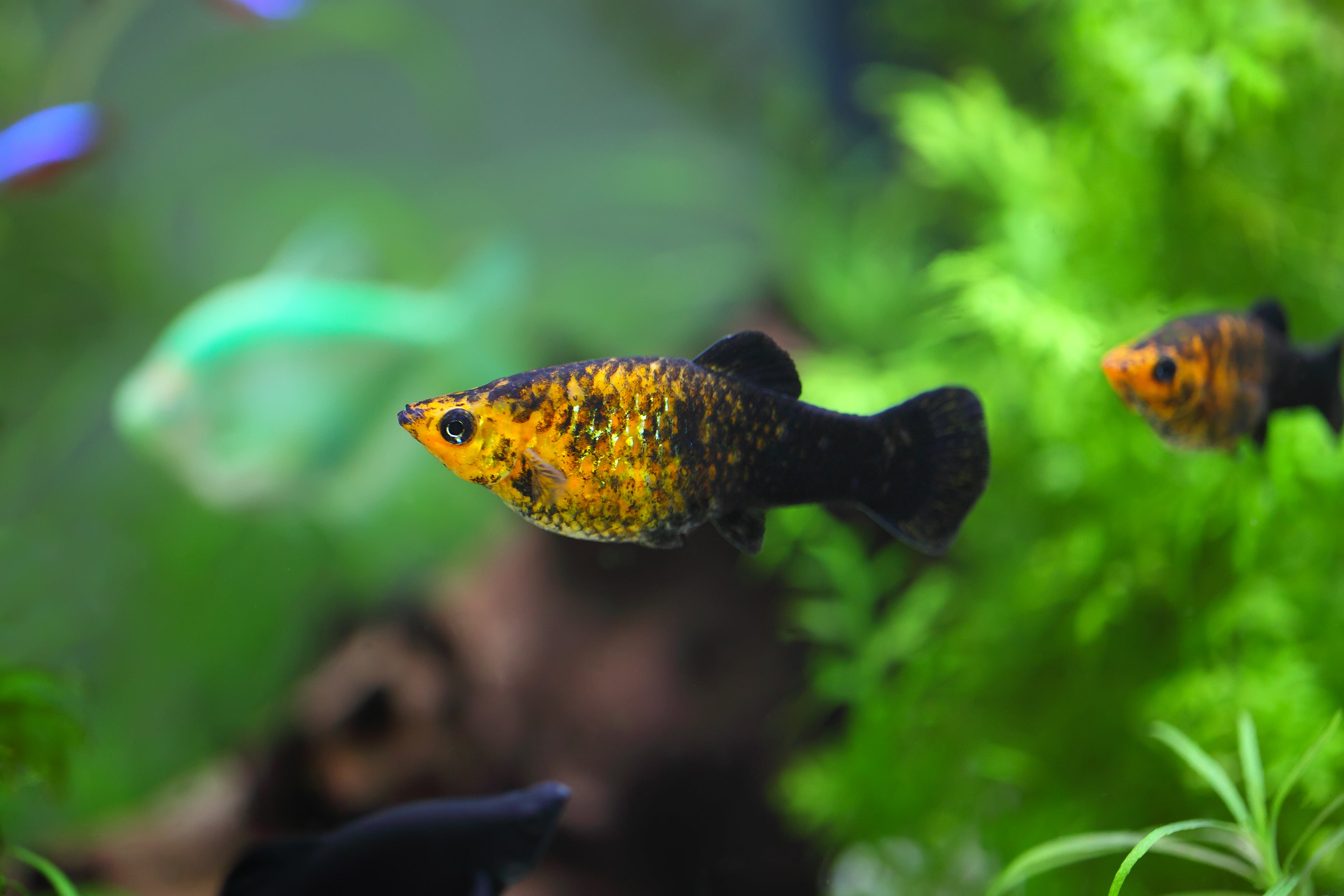

Looking to add vibrant, peaceful, and beginner-friendly fish to your freshwater aquarium? Livebearer fish are some of the most popular choices in the aquarium hobby, known for their vivid colors, calm temperaments, and unique ability to give birth to free-swimming fry. At Splashy Fish, we offer a handpicked selection of healthy, high-quality livebearers for sale, perfect for community tanks and aquascaping setups.
Whether you're building a peaceful planted tank or starting a breeding project, our livebearing freshwater fish make a lively and colorful addition to any setup.
Why Choose Livebearer Fish for Your Aquarium?
- Live-Bearing Reproduction: No eggs! Female livebearers give birth to fully formed baby fish.
- Bright Colors & Patterns: From solid reds to metallic blues, mosaics, and koi patterns
- Freshwater Hardy Species: Easy to care for and adapt well to various water conditions
- Fun & Easy Breeding: Great for hobbyists interested in selective breeding and fry care
- Perfect Community Fish: Peaceful and compatible with tetras, corydoras, and other small non-aggressive species
Popular Livebearer Fish Types
Explore our curated freshwater livebearer fish list and find the right fit for your tank:
- Guppy Fish: The most iconic livebearer freshwater fish, known for their flowing tails and endless color variations
- Molly Fish: Larger-bodied livebearers fish available in black, dalmatian, balloon, lyretail, and red variants
- Platy Fish: Beginner-friendly and easy to breed, with color options like Sunset, Red Wag, and Mickey Mouse
- Swordtail Fish: Elegant livebearers with distinctive “sword”-like tail extensions and active swimming behavior
- Endlers Livebearers: Smaller, vivid relatives of guppies, ideal for nano tanks and peaceful setups
Each species in our livebearer fish collection is raised in optimal conditions and selected for health, coloration, and genetic quality.
Livebearer Fish Care Guide
- Tank Size & Setup: A 10 to 20-gallon tank works well for most small groups; larger for breeding colonies
- Water Parameters: Ideal temperature range: 72–82°F (22–28°C); pH 7.0–8.5
- Diet & Feeding: Feed a balanced diet of high-quality flakes, pellets, frozen brine shrimp, and blanched veggies
- Tank Mates: Compatible with peaceful fish like Tetras, Corydoras catfish, snails, and shrimp
- Breeding: Provide floating plants or hiding spaces for fry if you're interested in breeding your livebearers
Livebearer Fish for Sale Online
Browse our premium collection of Livebearer Fish for sale and find the perfect addition to your freshwater aquarium. Visit Splashy Fish to buy them online or at our aquarium store in Virginia for more freshwater fish for sale, betta fish for sale, freshwater invertebrates for sale, live aquatic plants for sale, and aquarium supplies.
Order now and bring home the beauty of Livebearer Fish today!
Livebearer Fish Frequently Asked Questions (FAQs)
Which freshwater fish are livebearers?
Some of the most popular freshwater livebearers include guppies, mollies, platies, swordtails, and endlers. These species give birth to free-swimming baby fish instead of laying eggs, making them ideal for beginners and breeding enthusiasts. All of these livebearer fish are peaceful, colorful, and easy to care for, making them perfect for community tanks and planted aquariums.
How long do livebearer fish live in aquarium?
Most livebearer fish live 2 to 5 years in a well-maintained aquarium, depending on the species and care quality. Guppies and endlers tend to live closer to 2–3 years, while mollies, swordtails, and platies often live 3–5 years. Providing clean water, a balanced diet, and a stress-free environment will help extend the lifespan of your livebearers fish.
How often do livebearer fish breed?
Livebearer fish can breed every 4 to 6 weeks, especially when kept in stable tank conditions. Once pregnant, a female can give birth to 20–100 fry at a time, depending on the species. Many livebearers can store sperm and continue producing fry for several months, even without a male present. If you're breeding live bearing freshwater fish, it's important to provide hiding spots or breeder boxes to protect the fry from being eaten.




